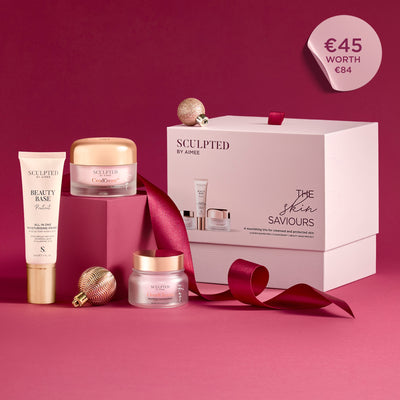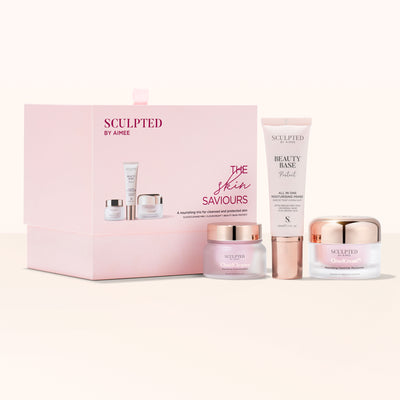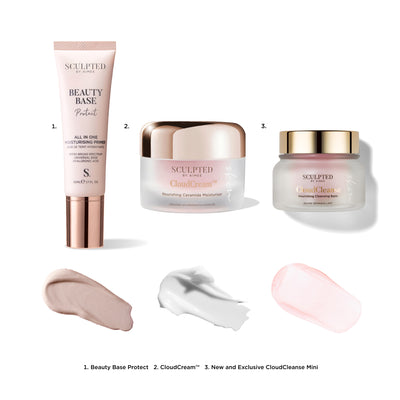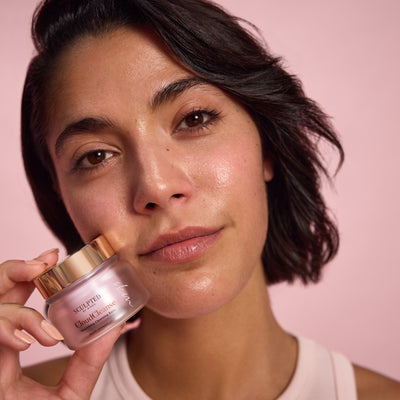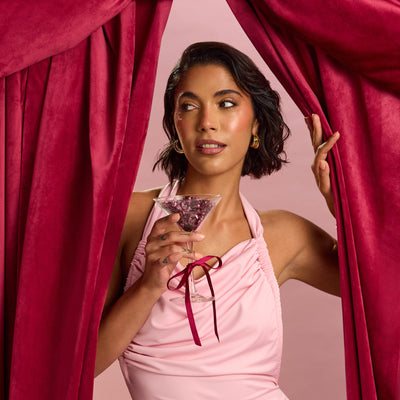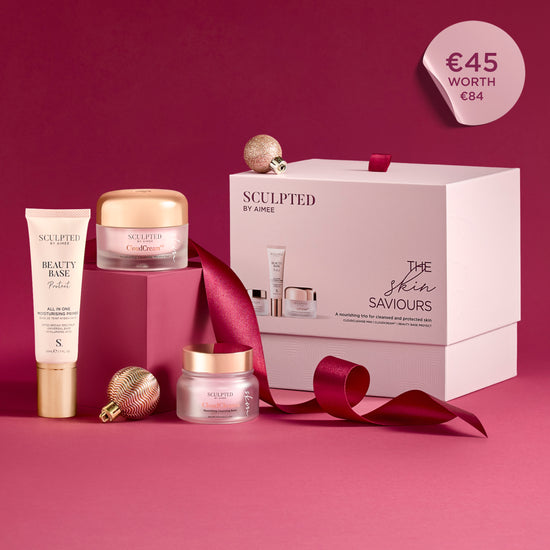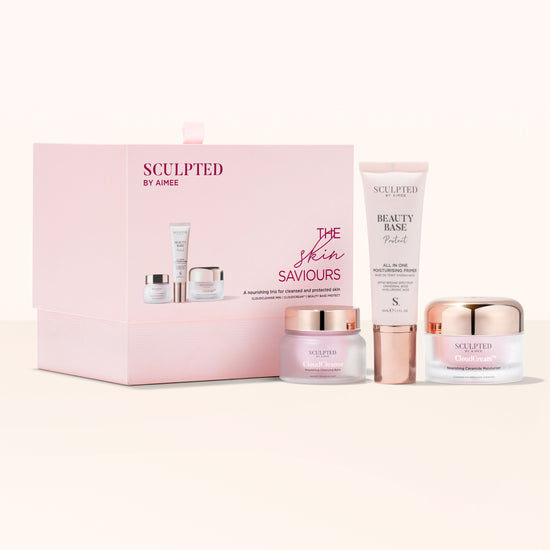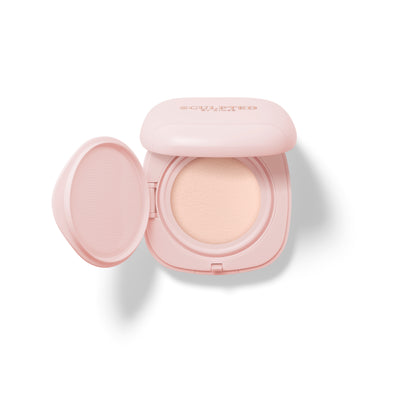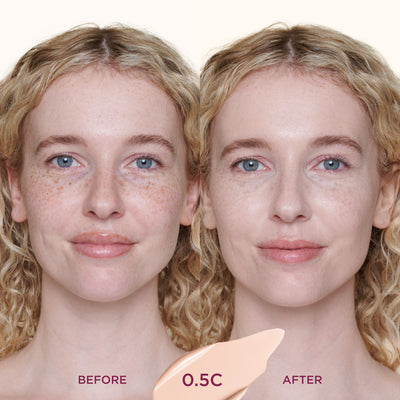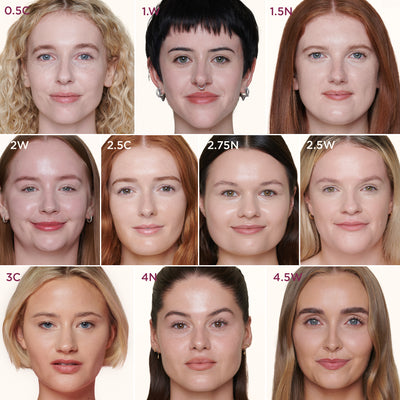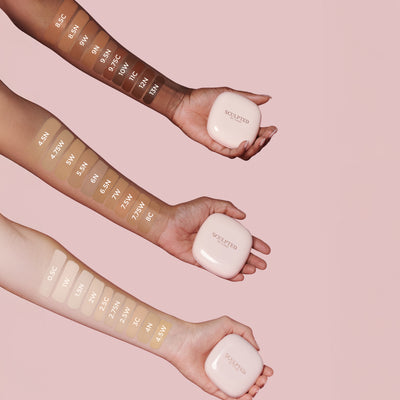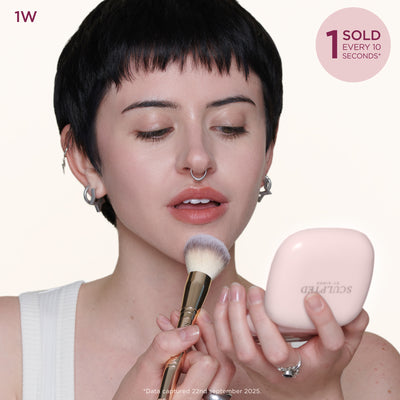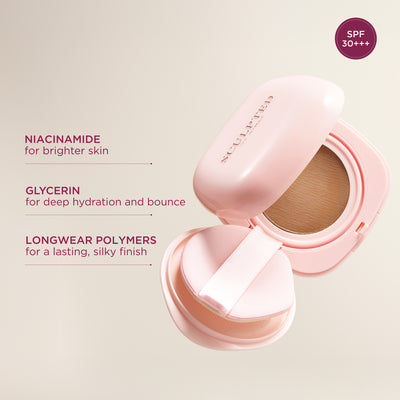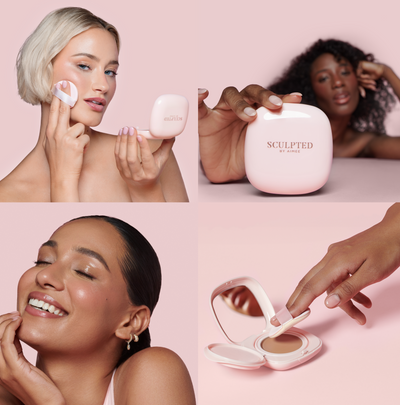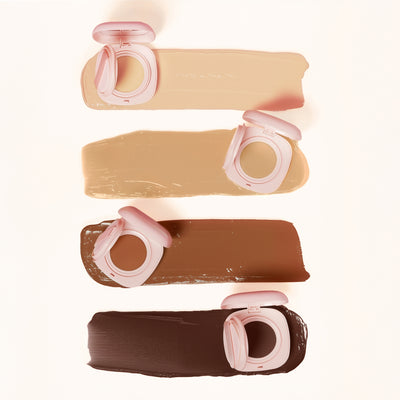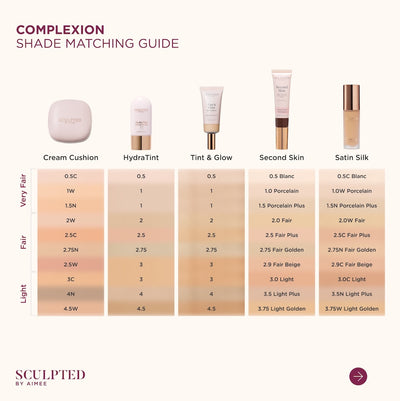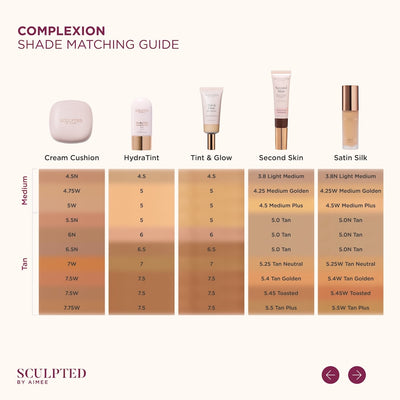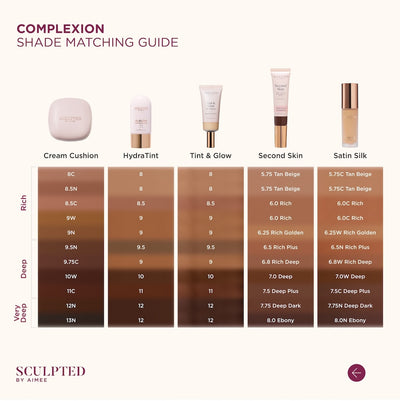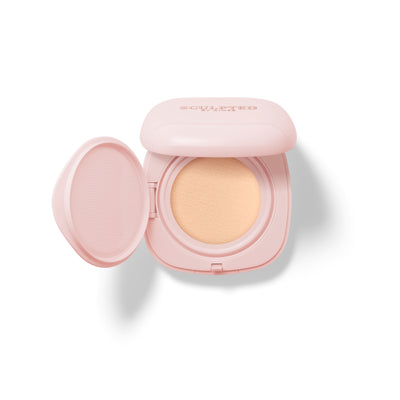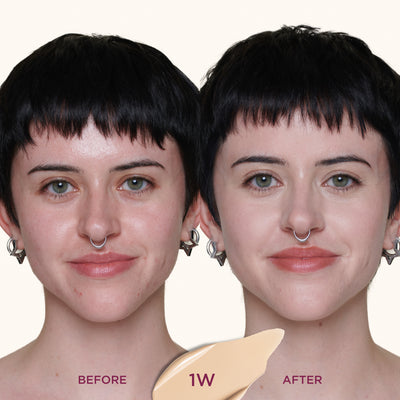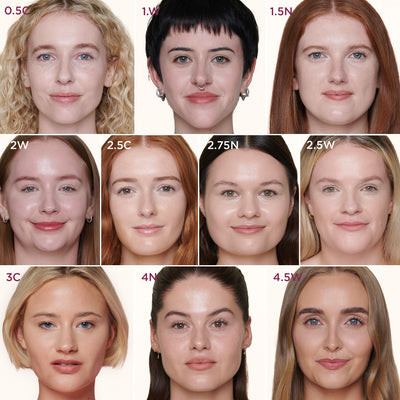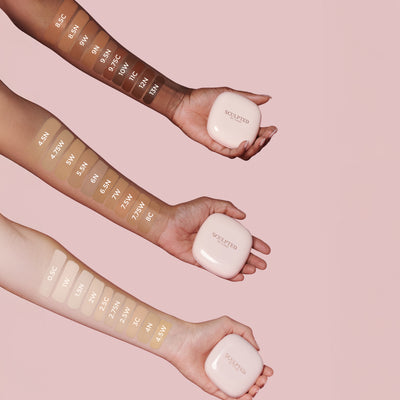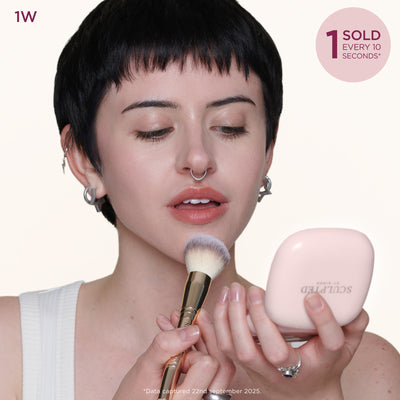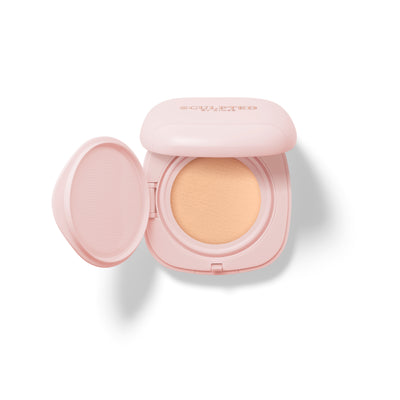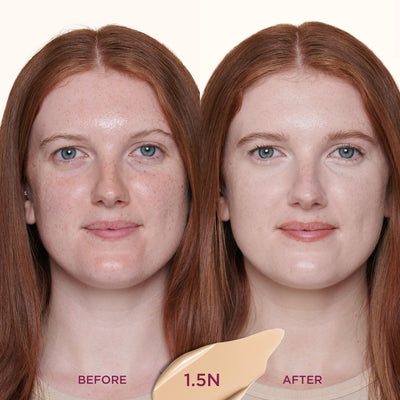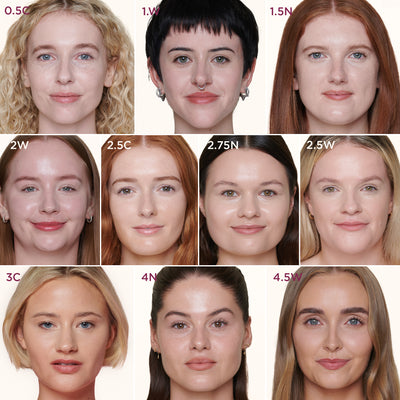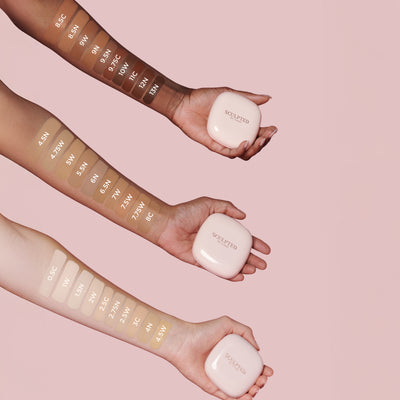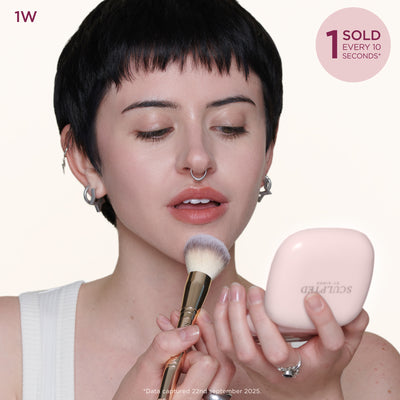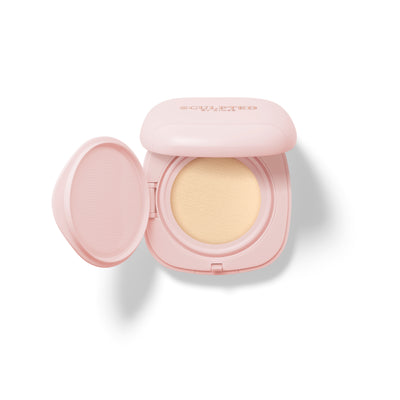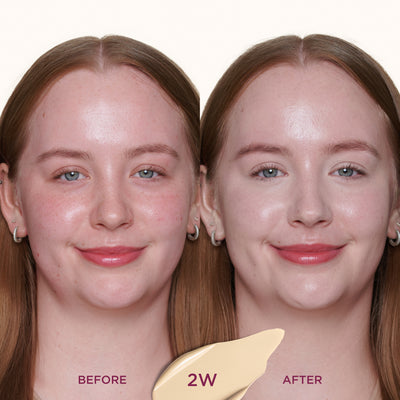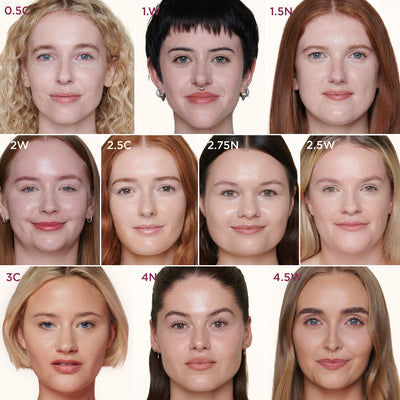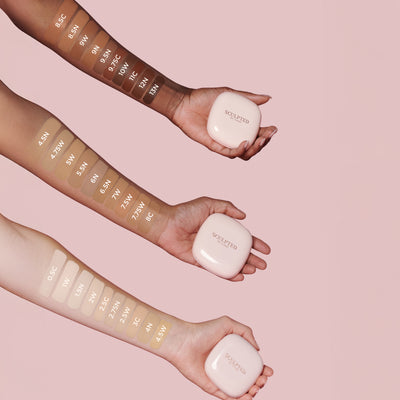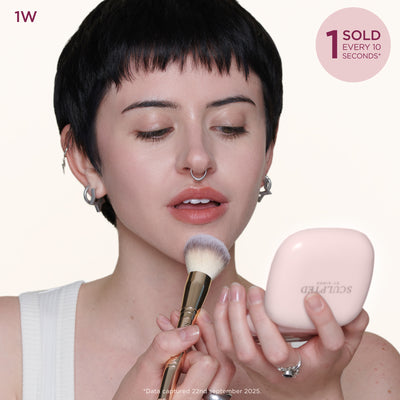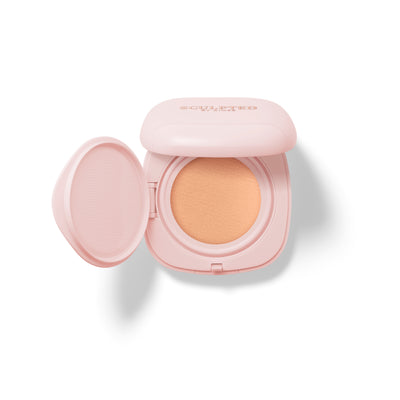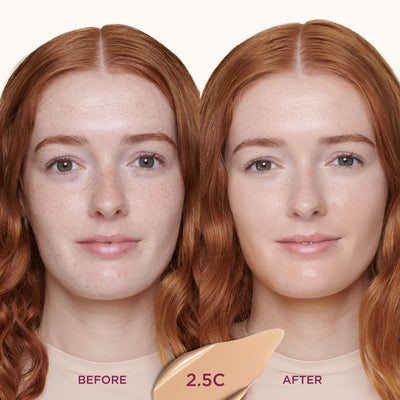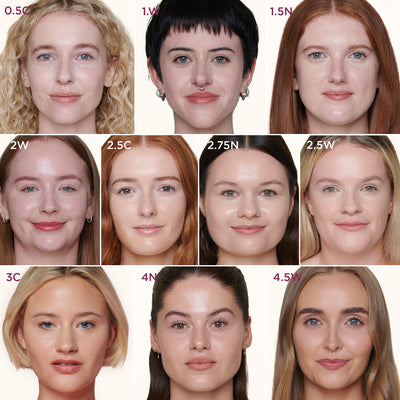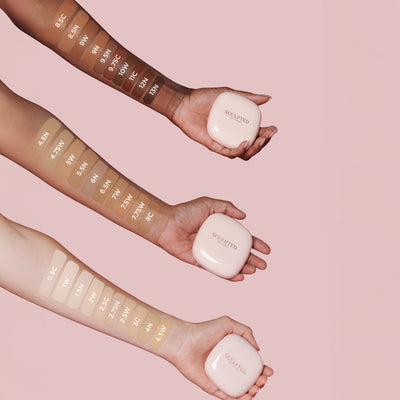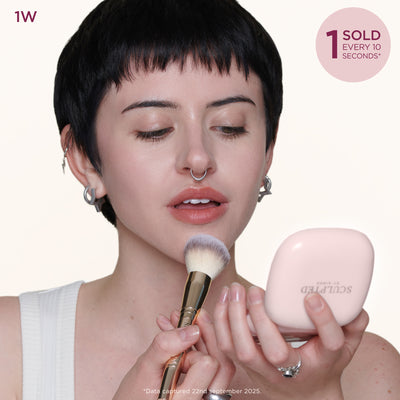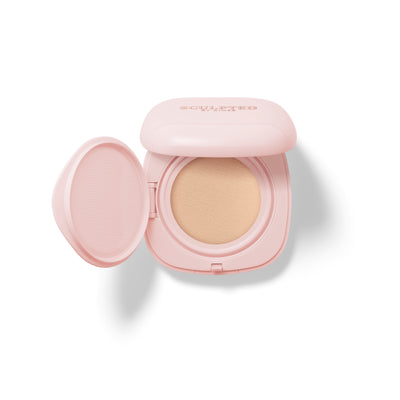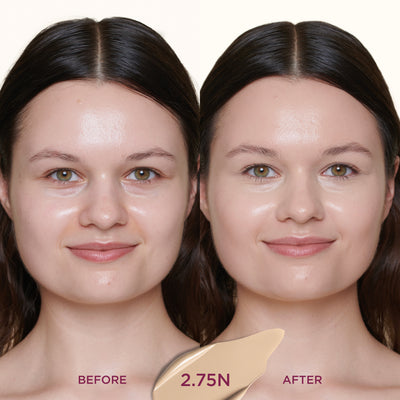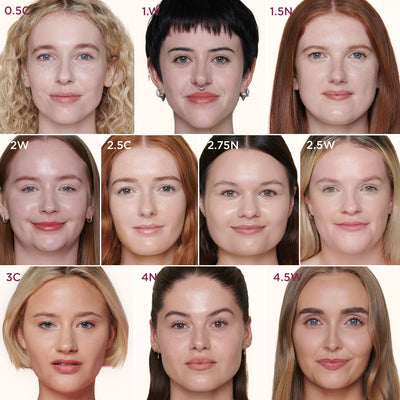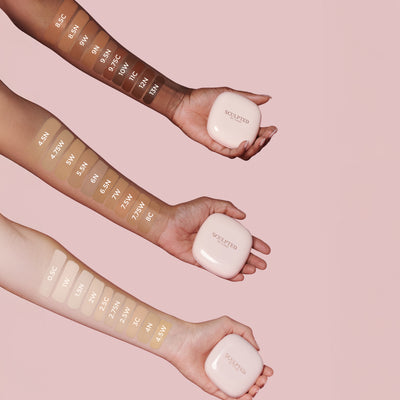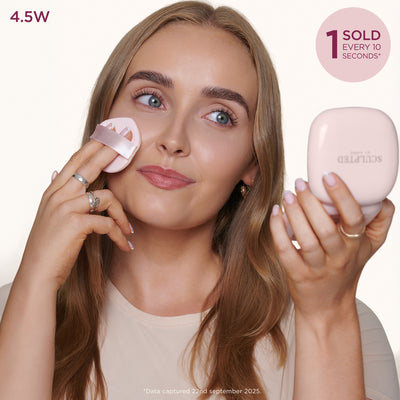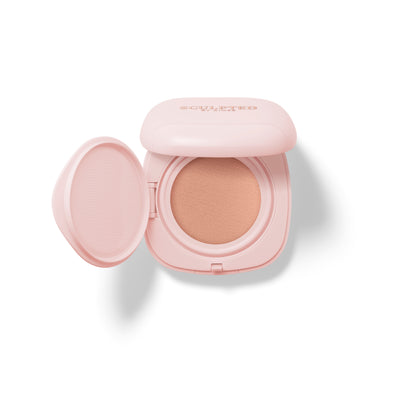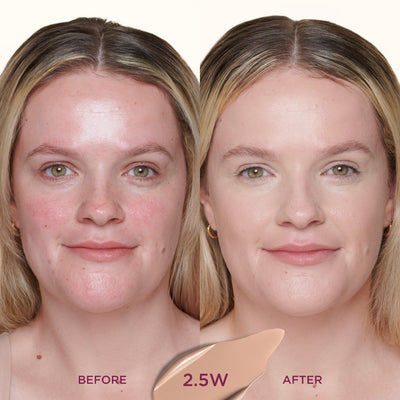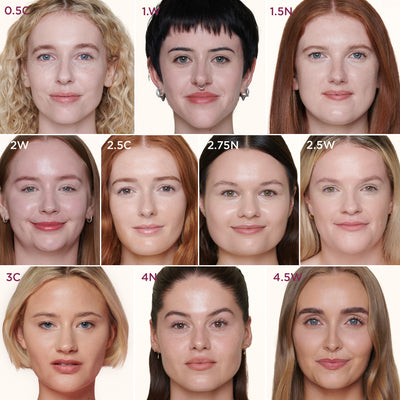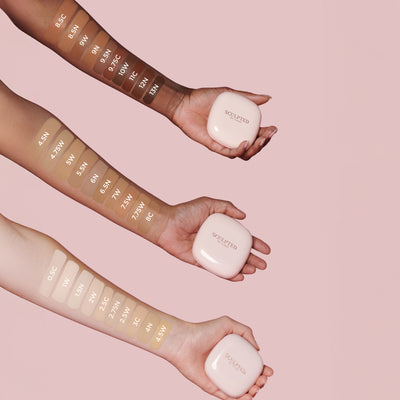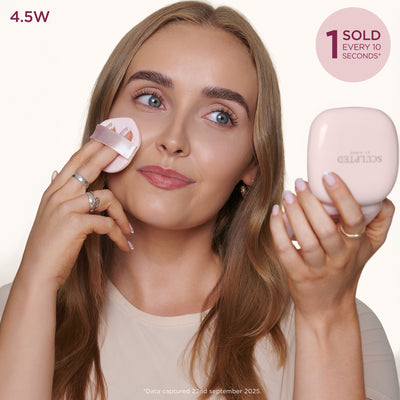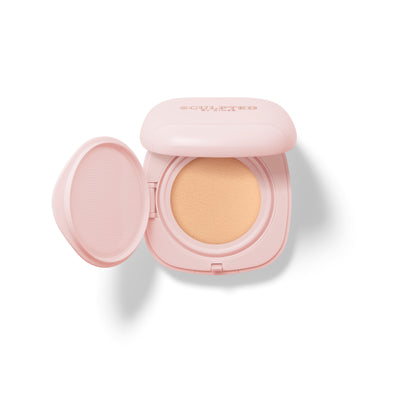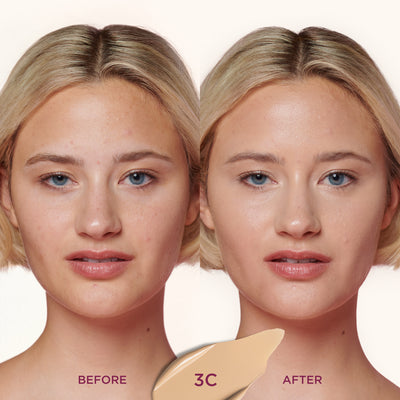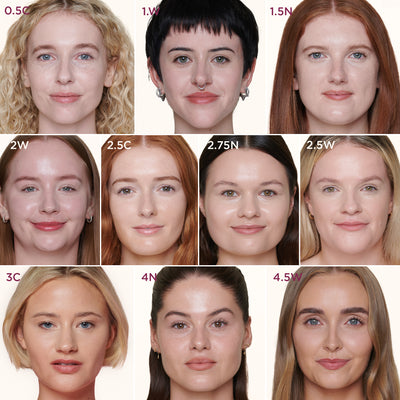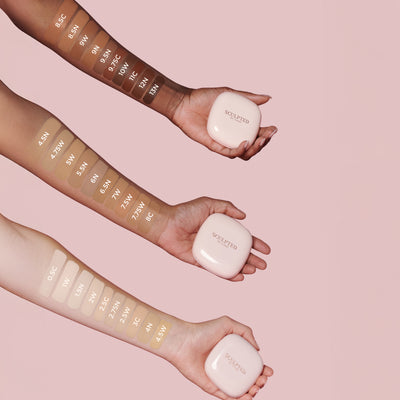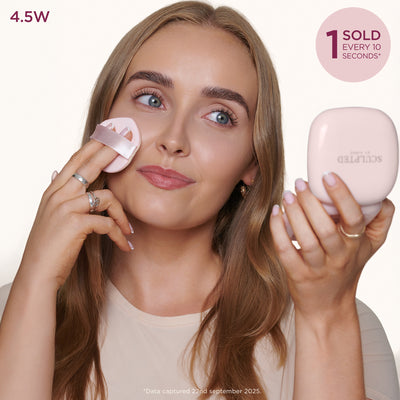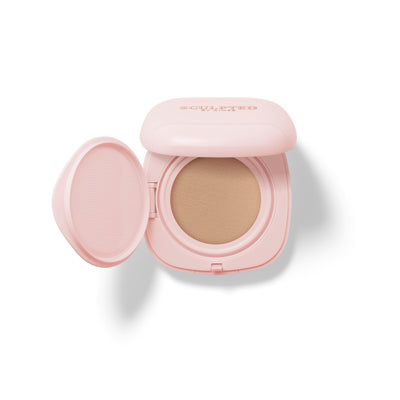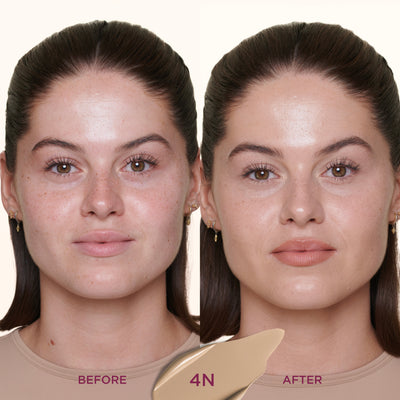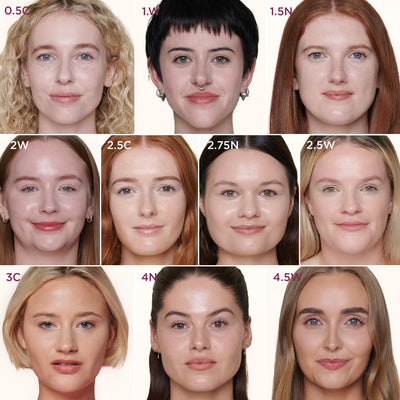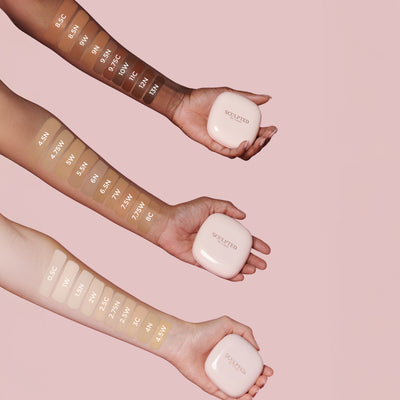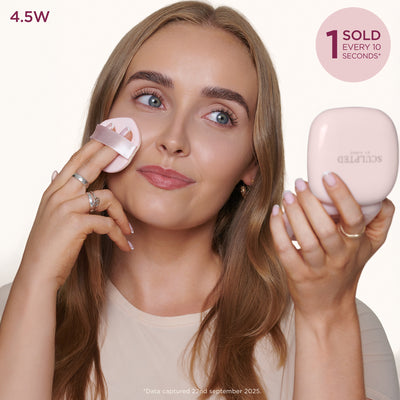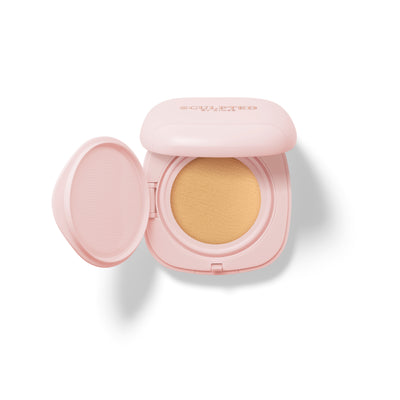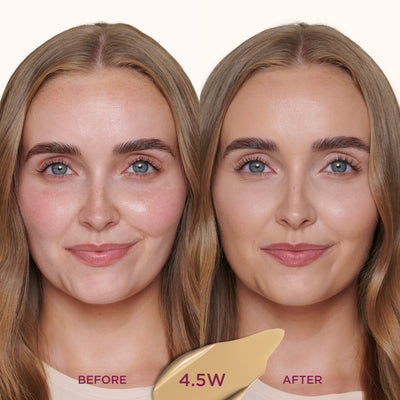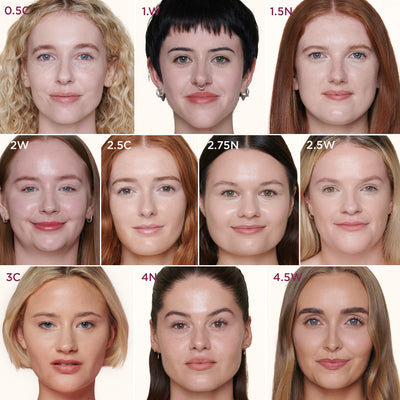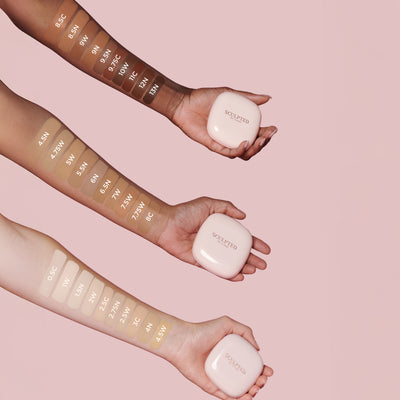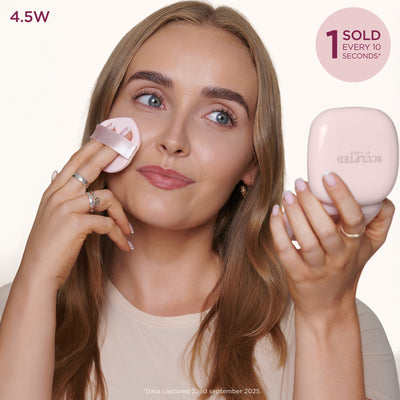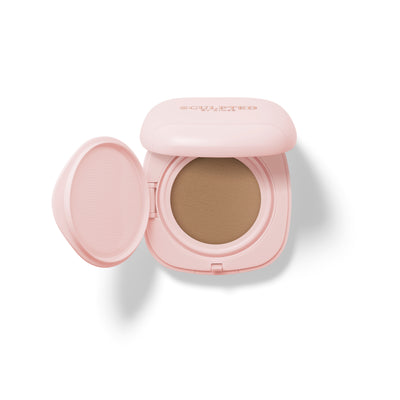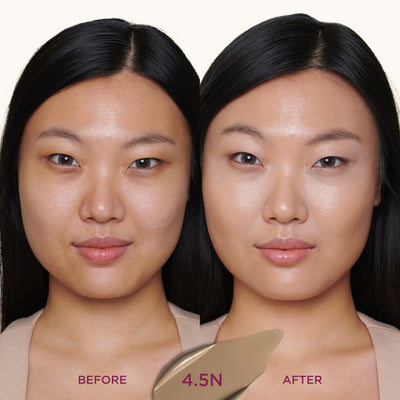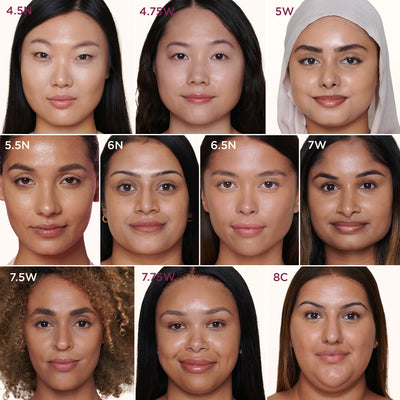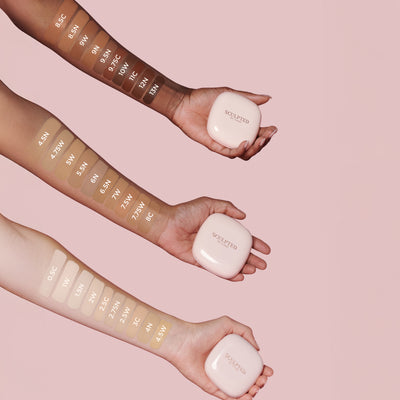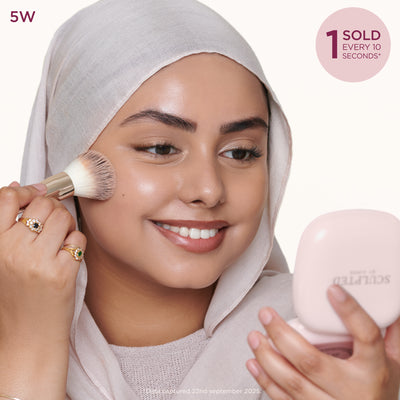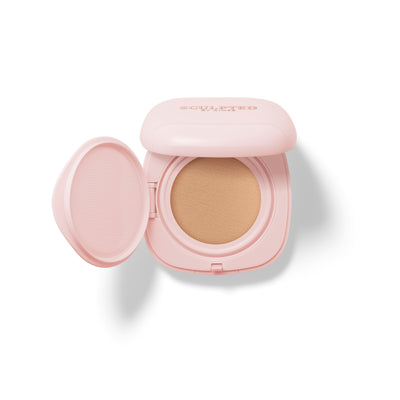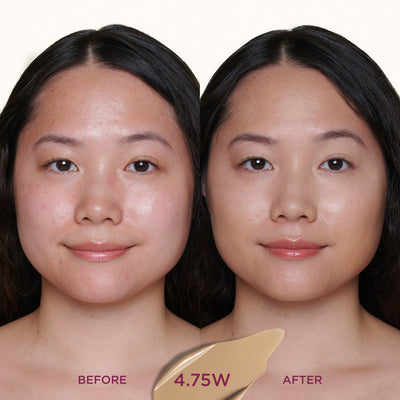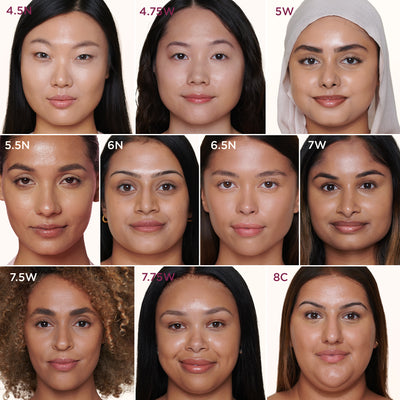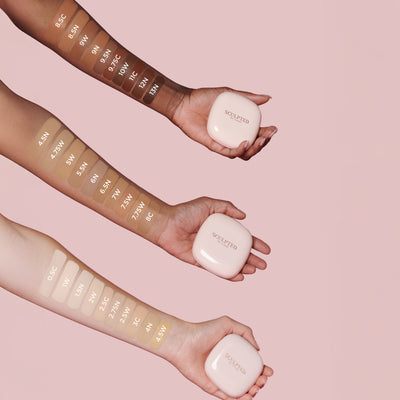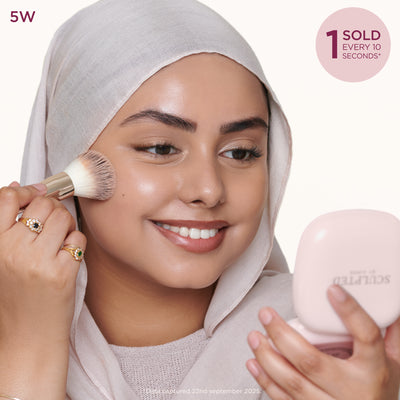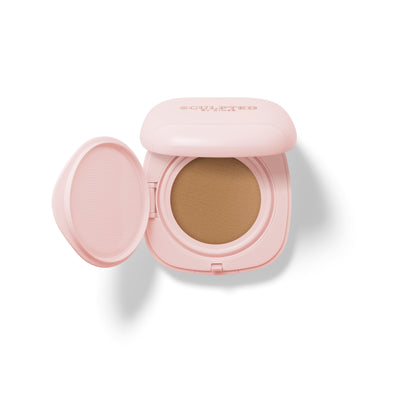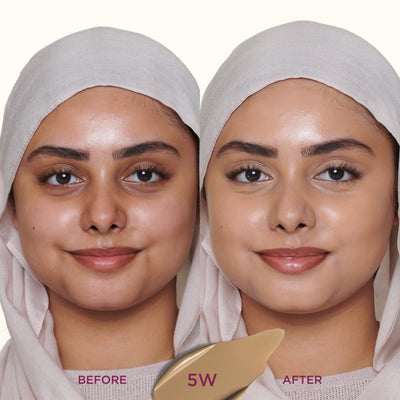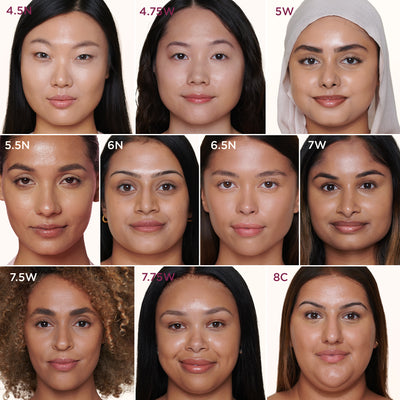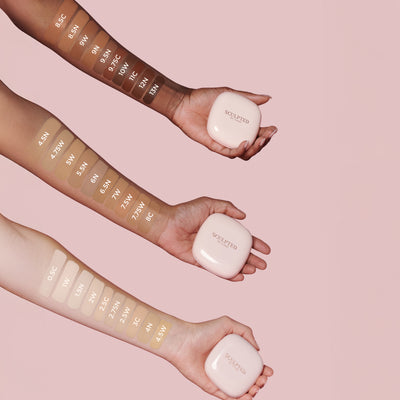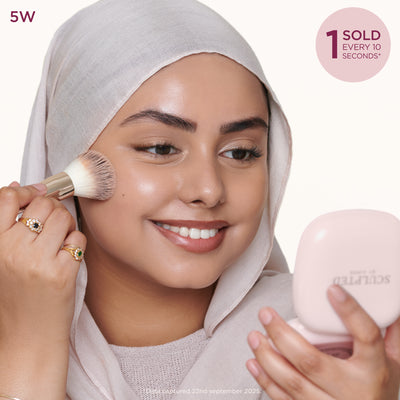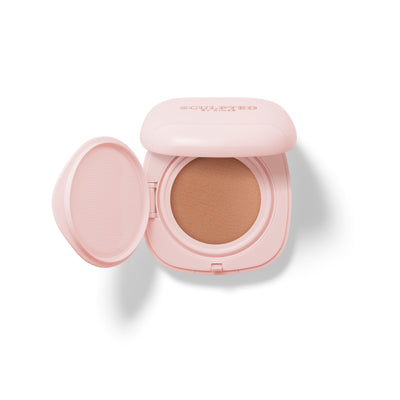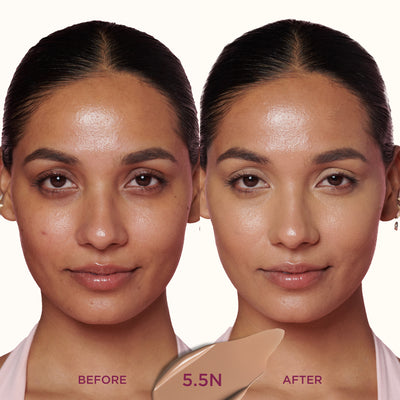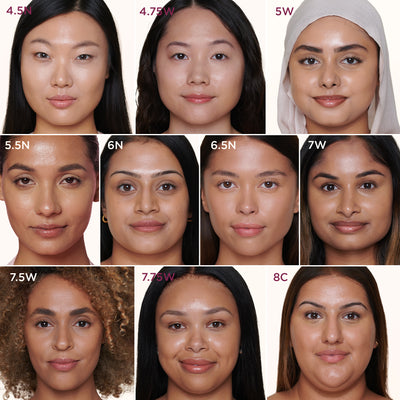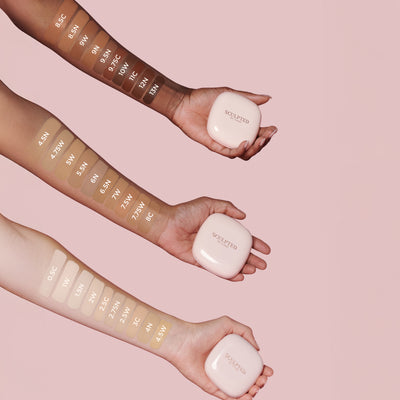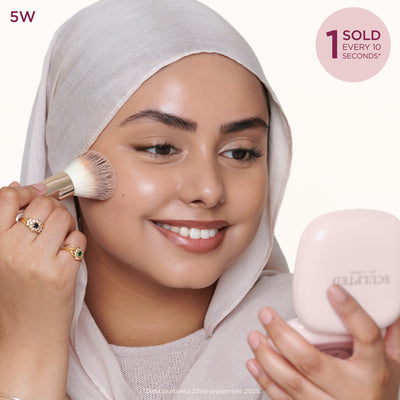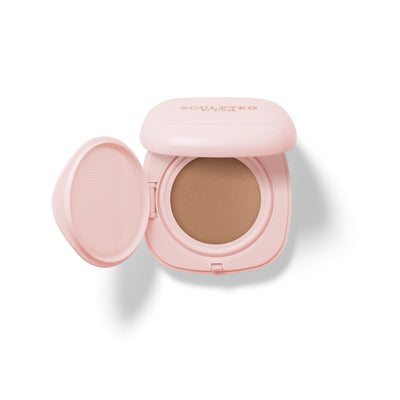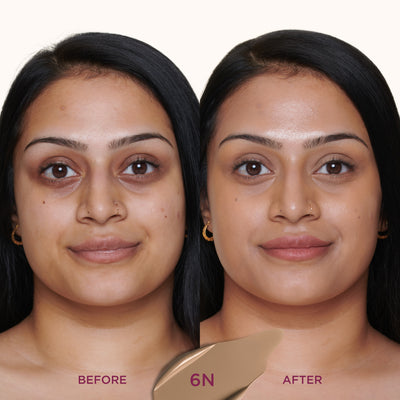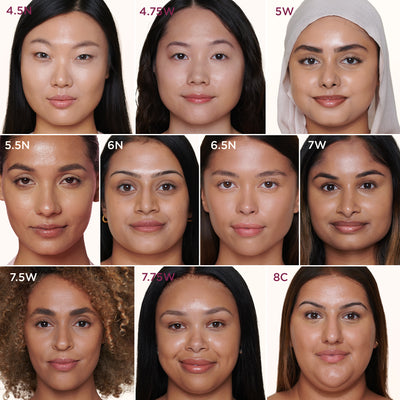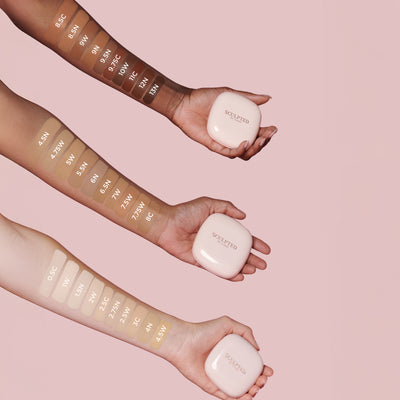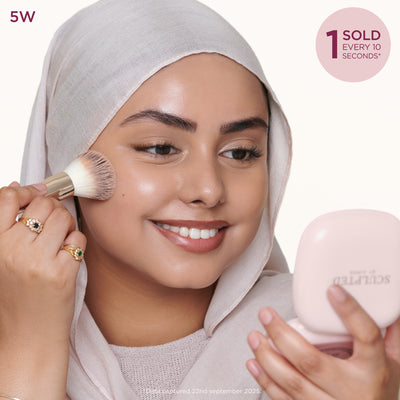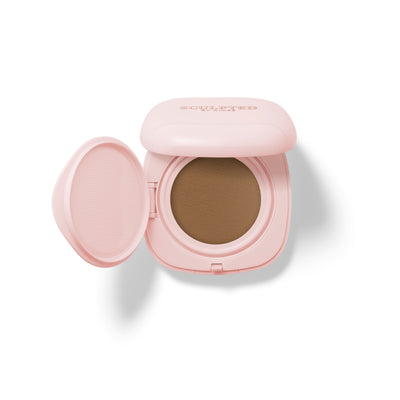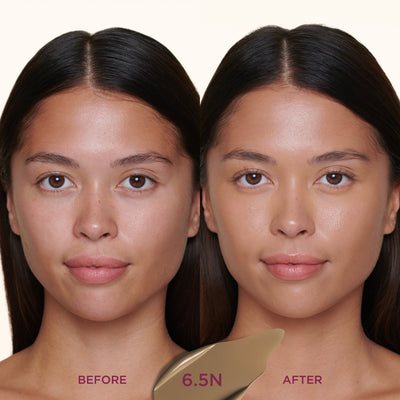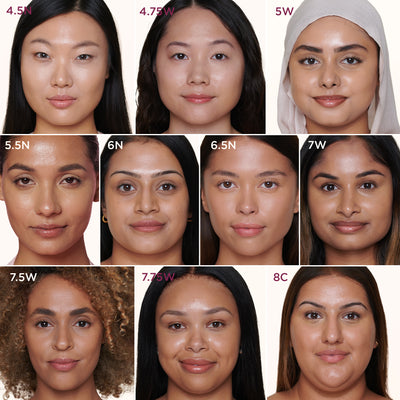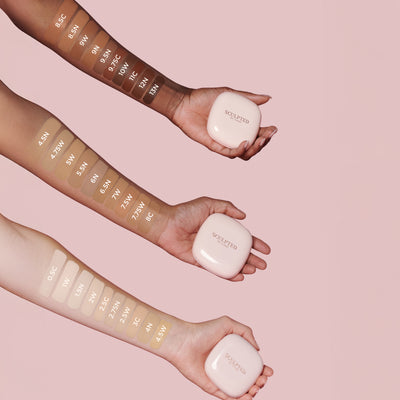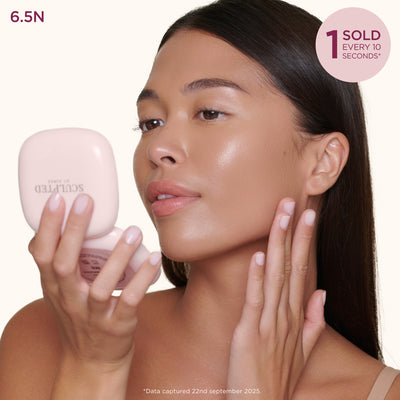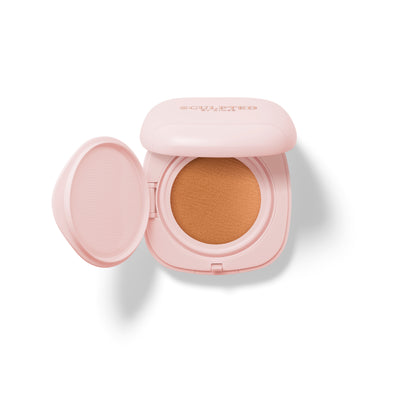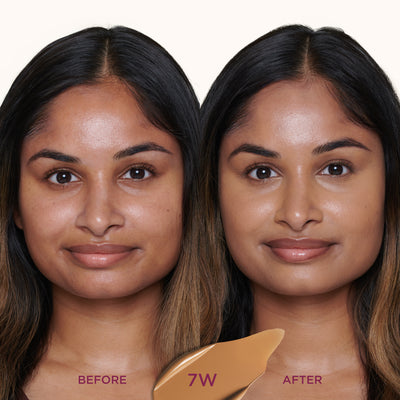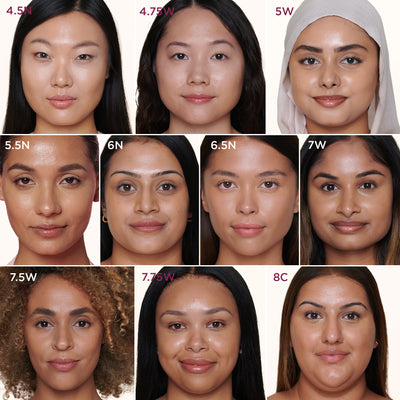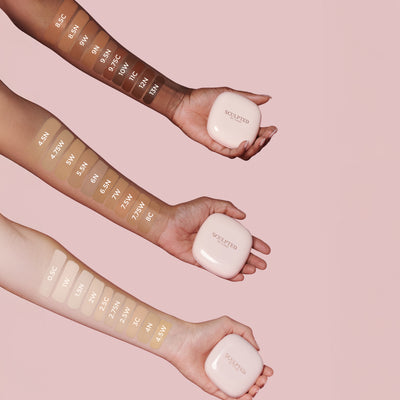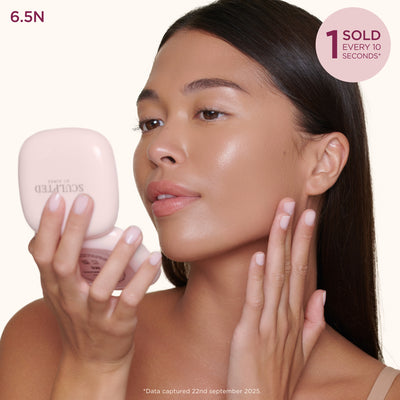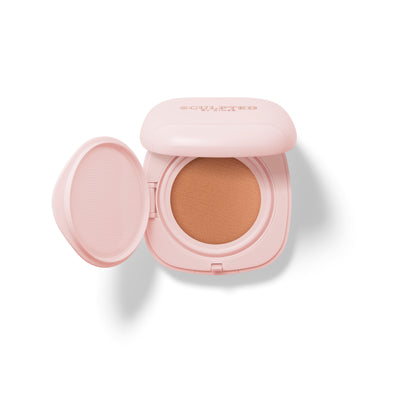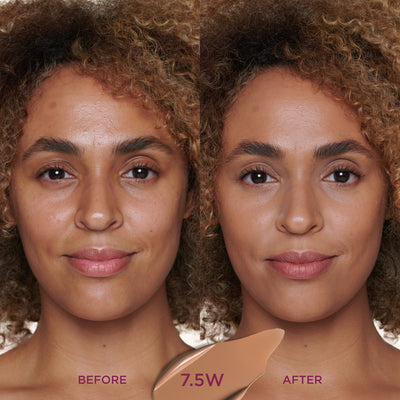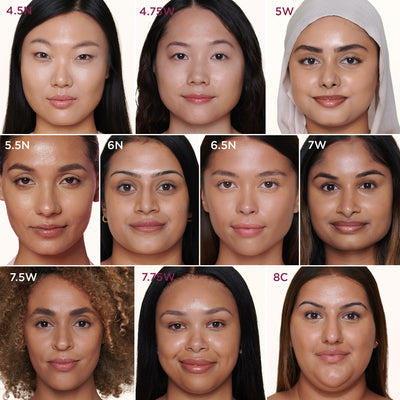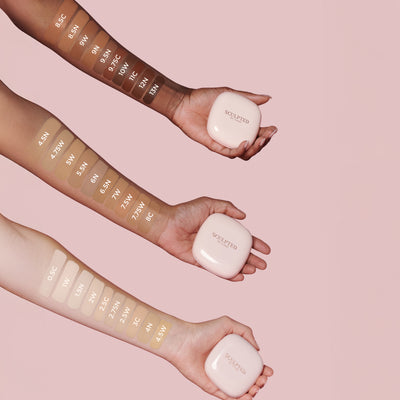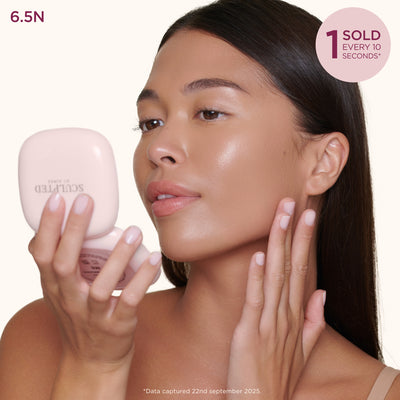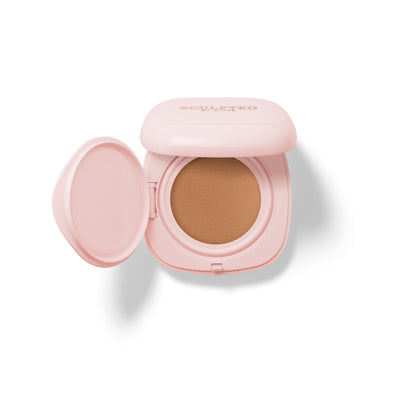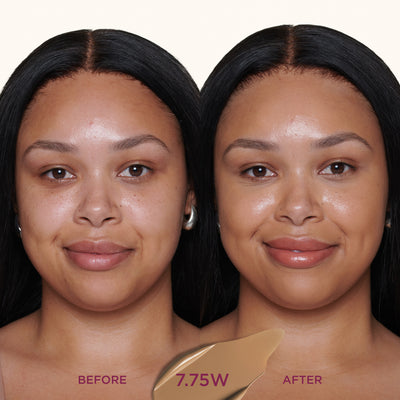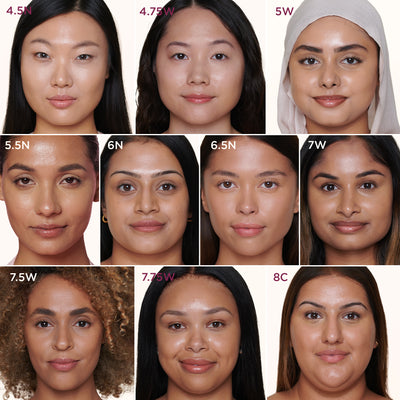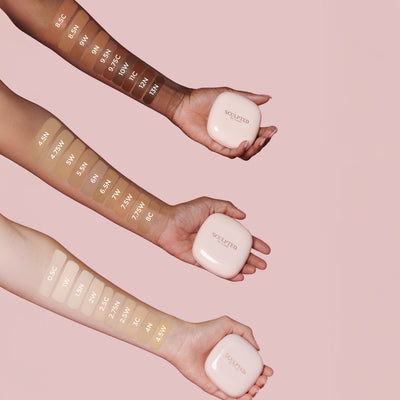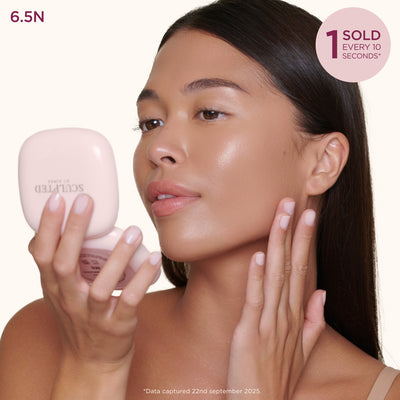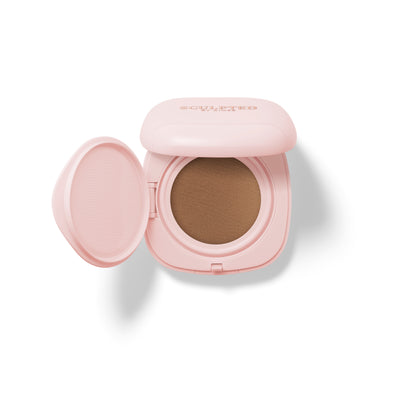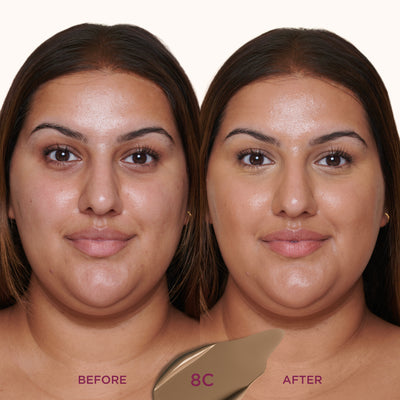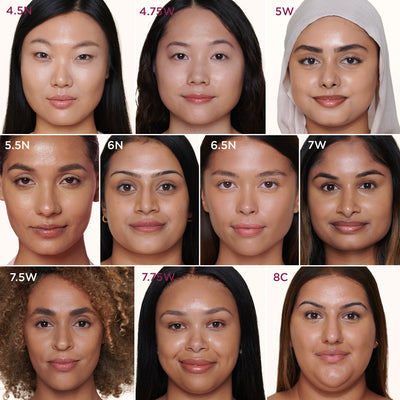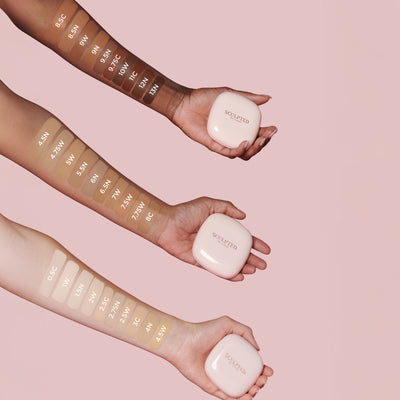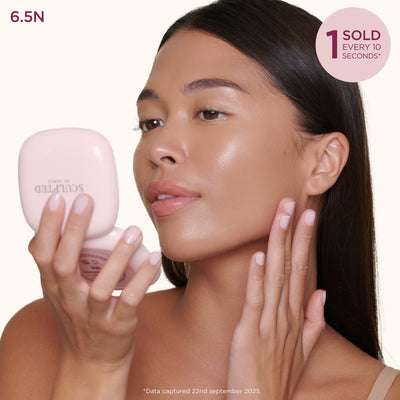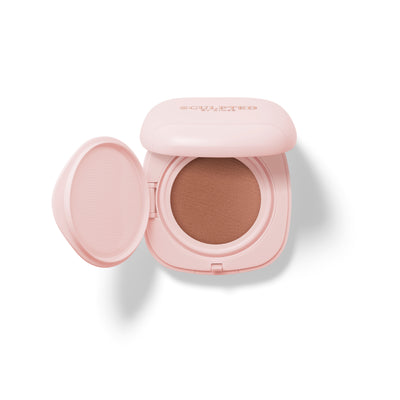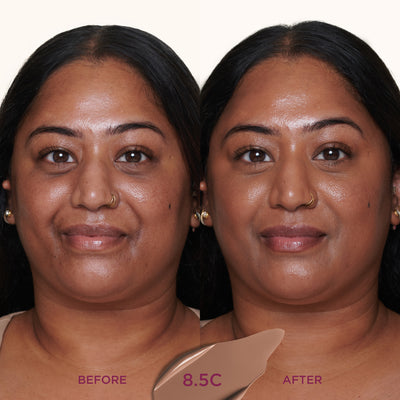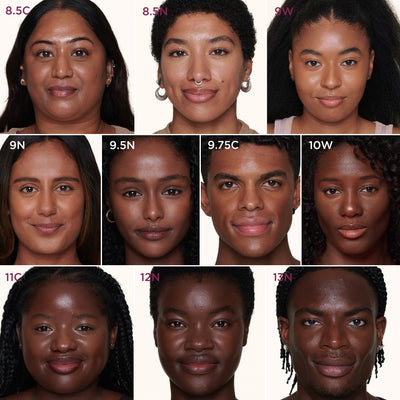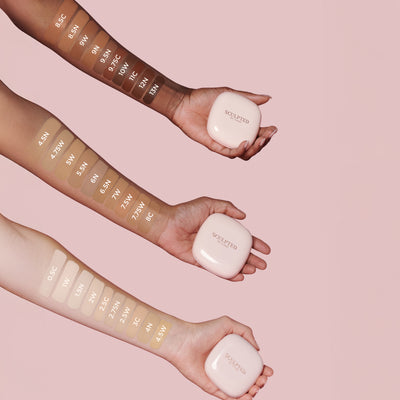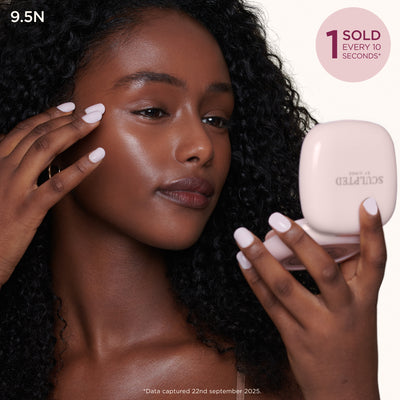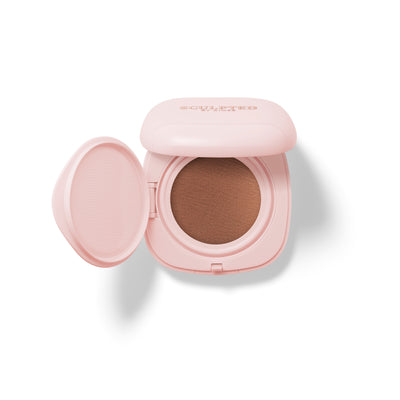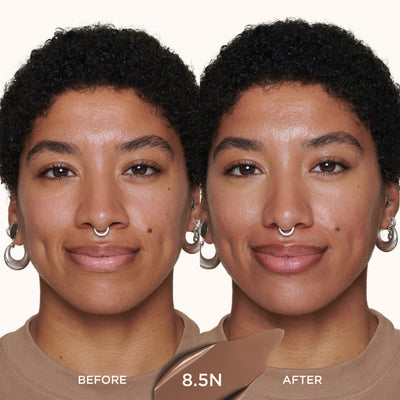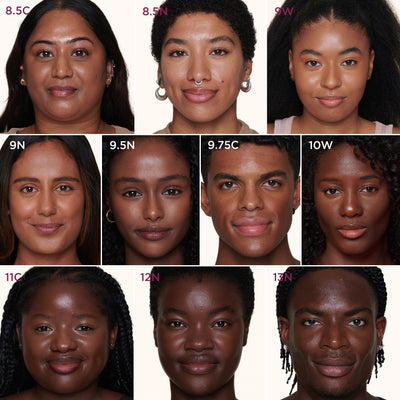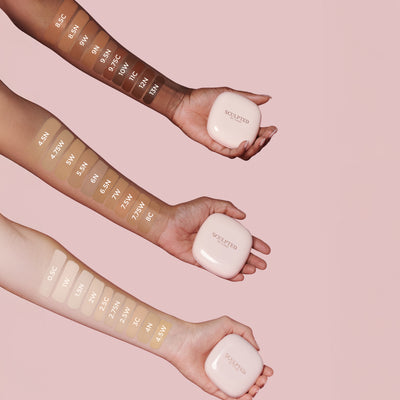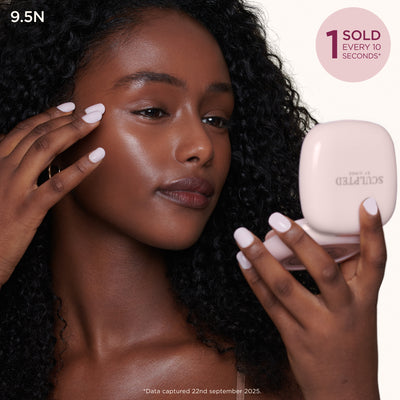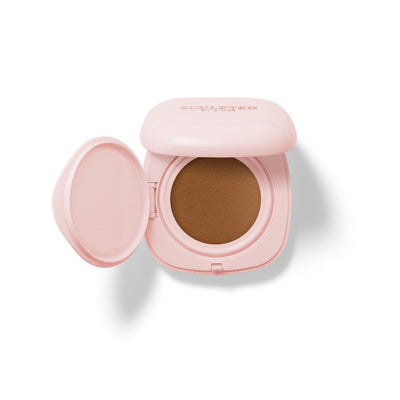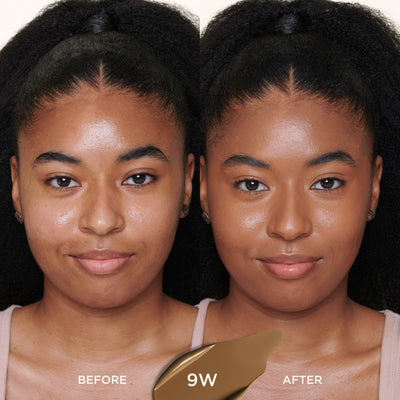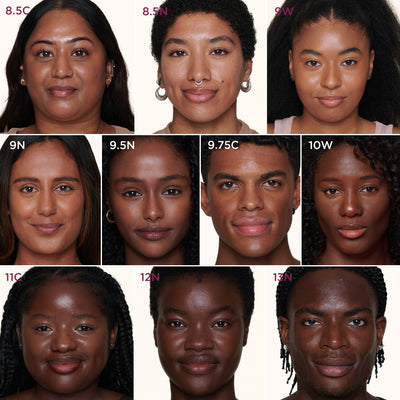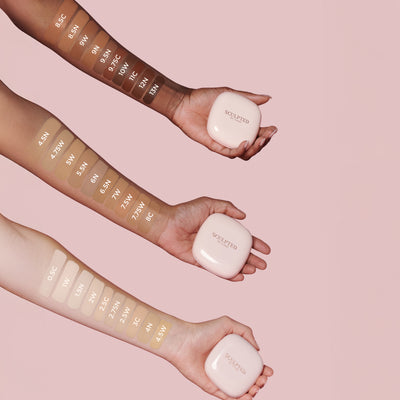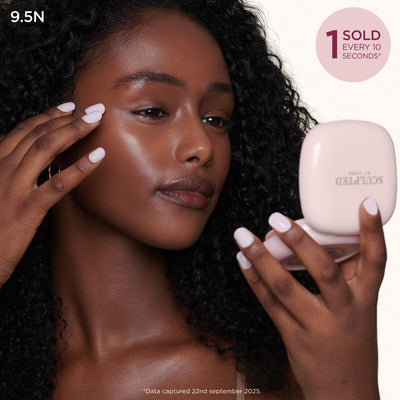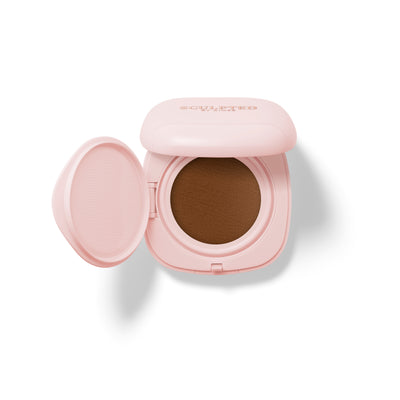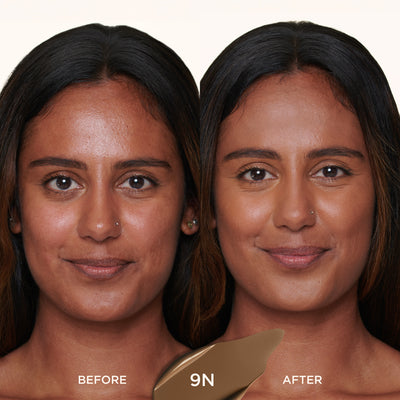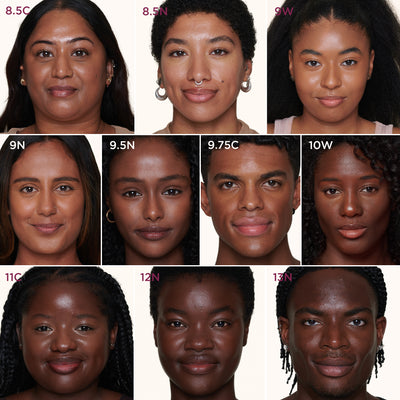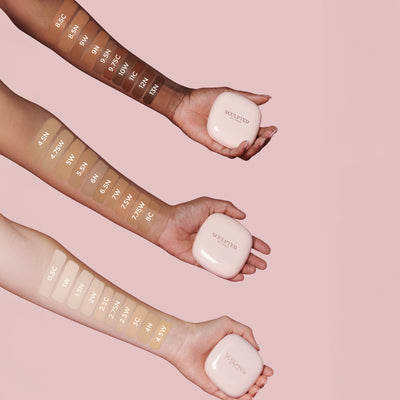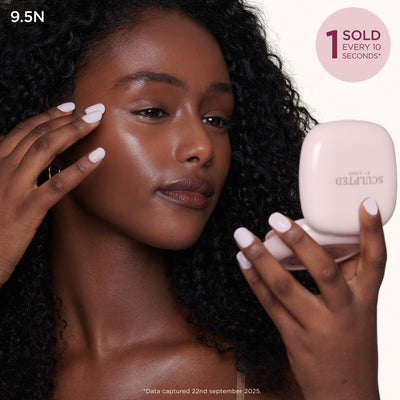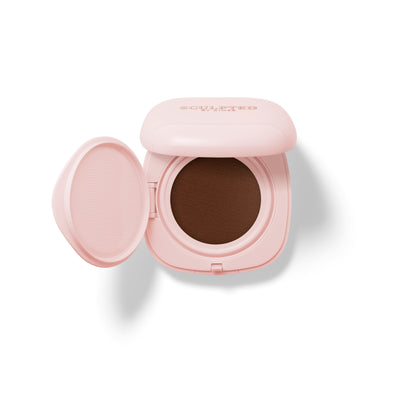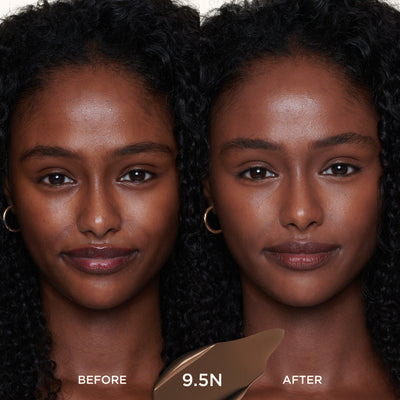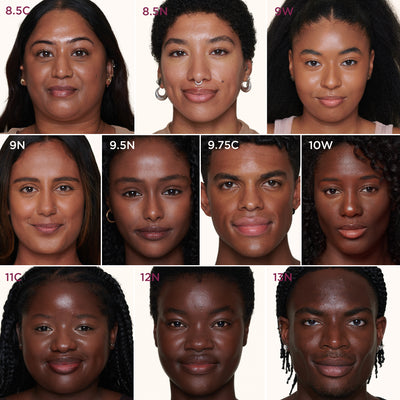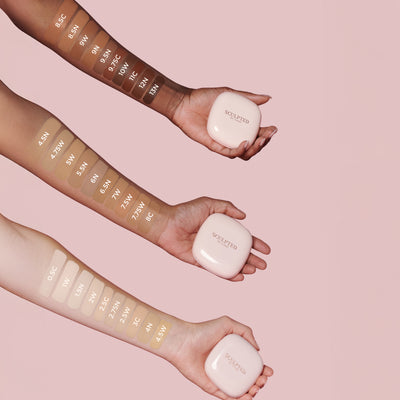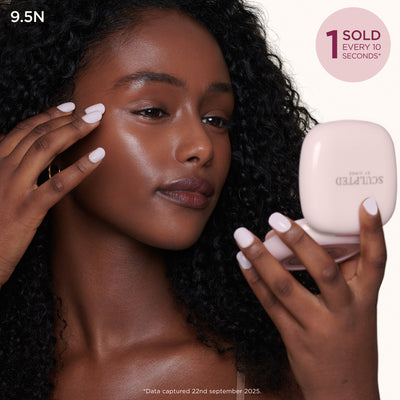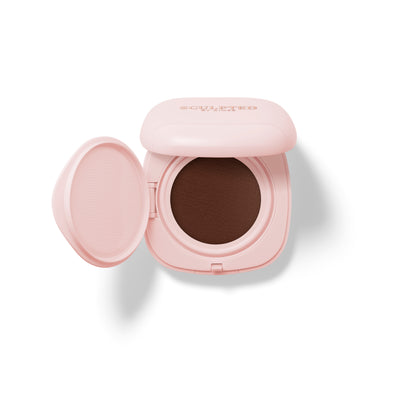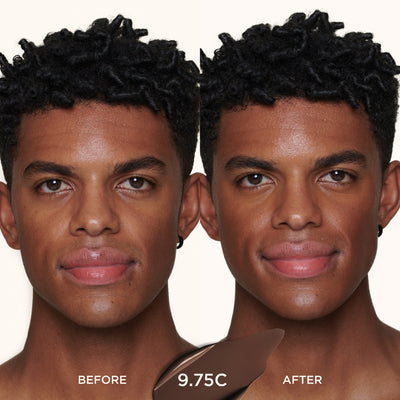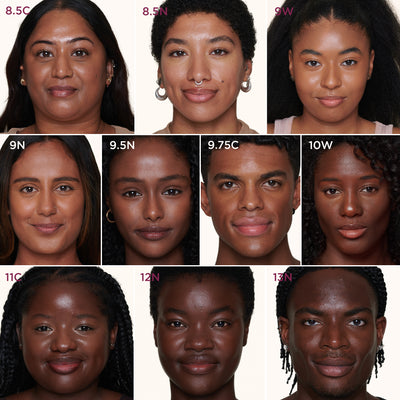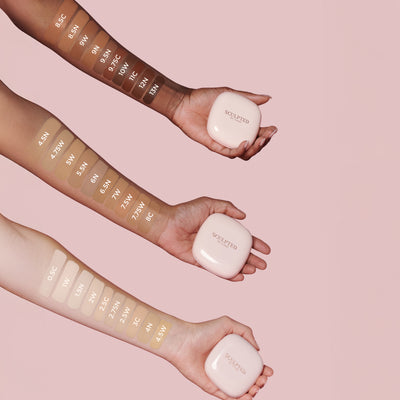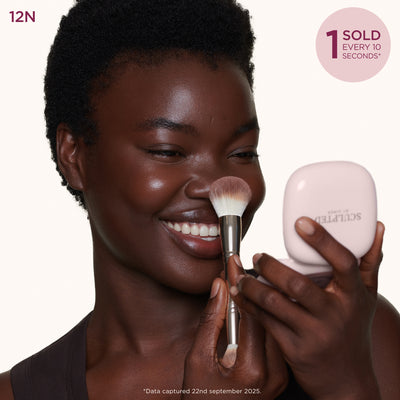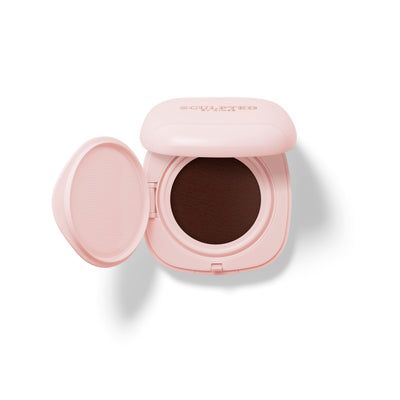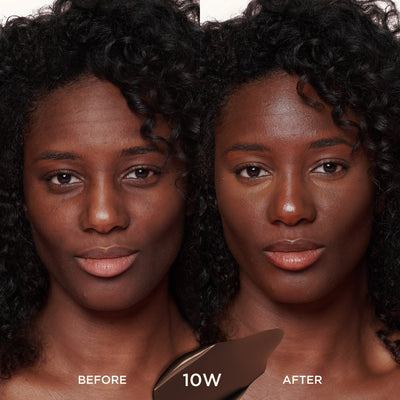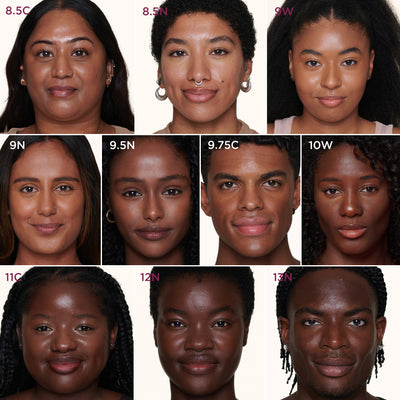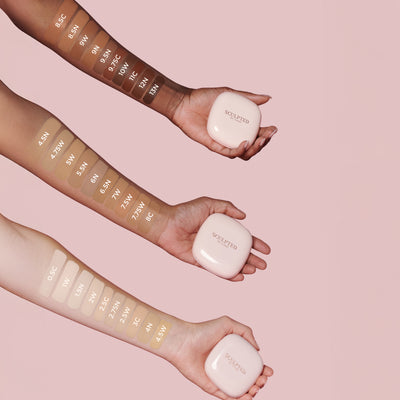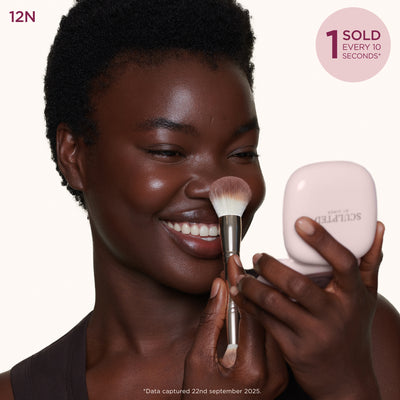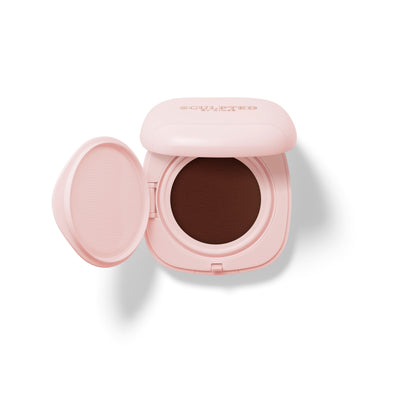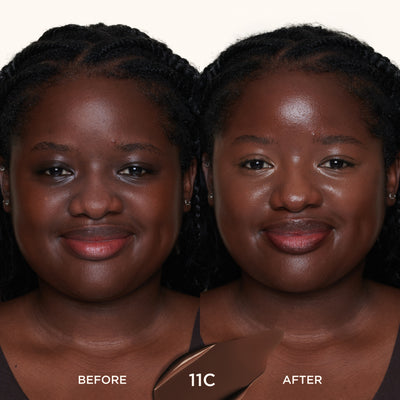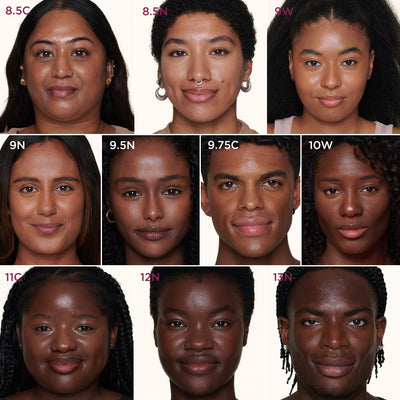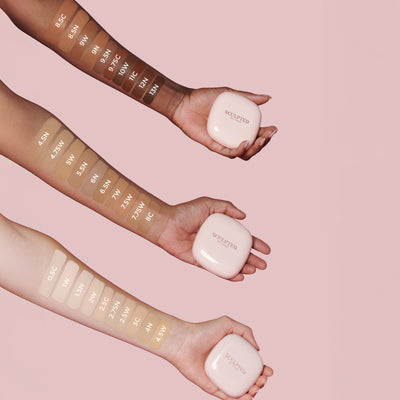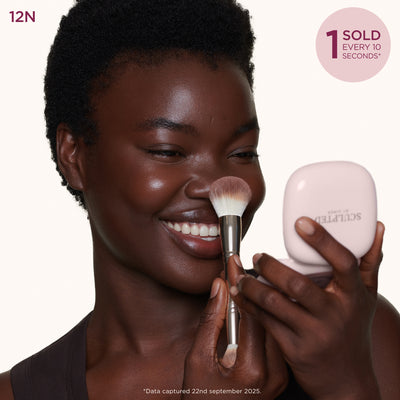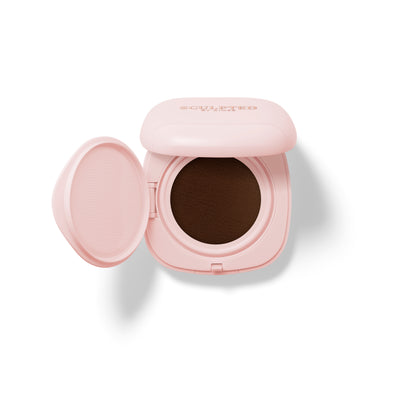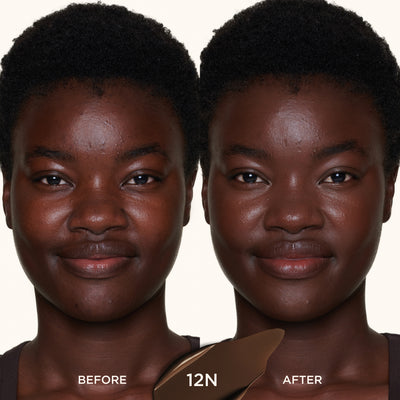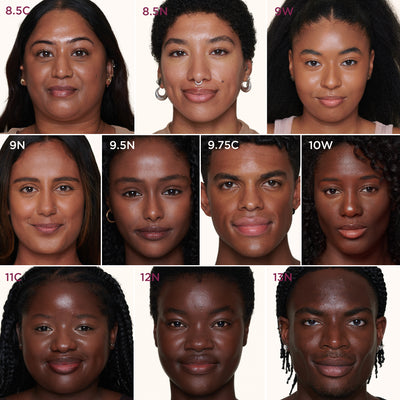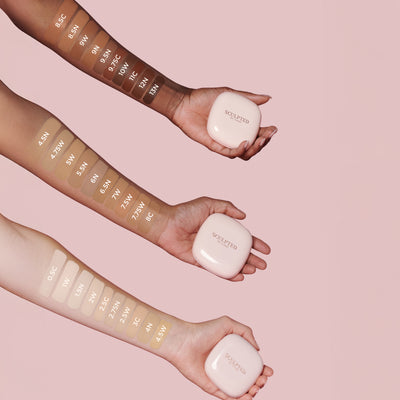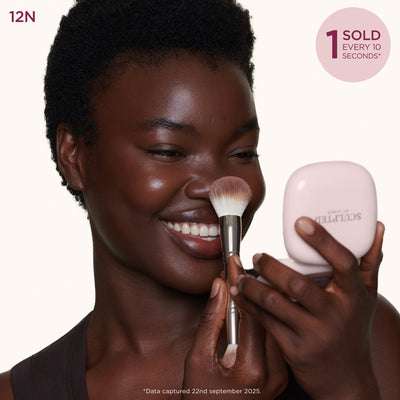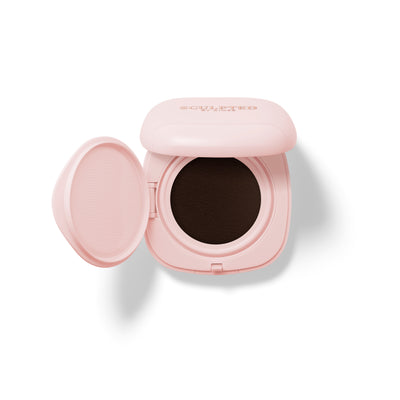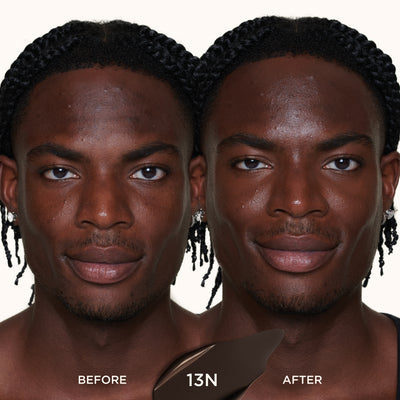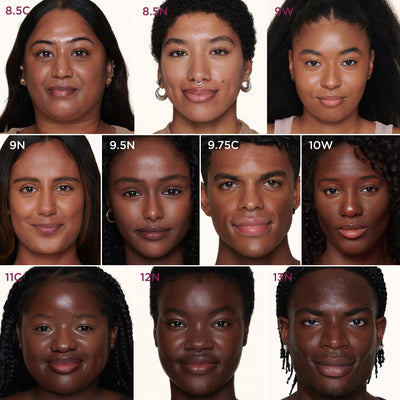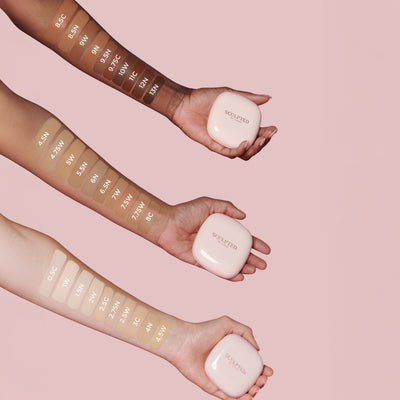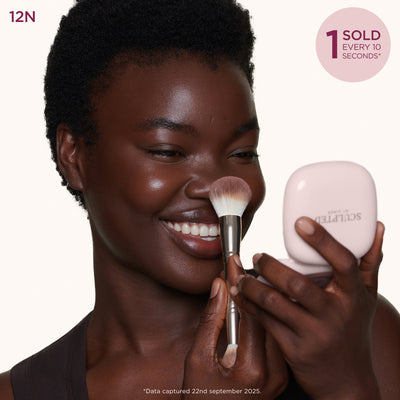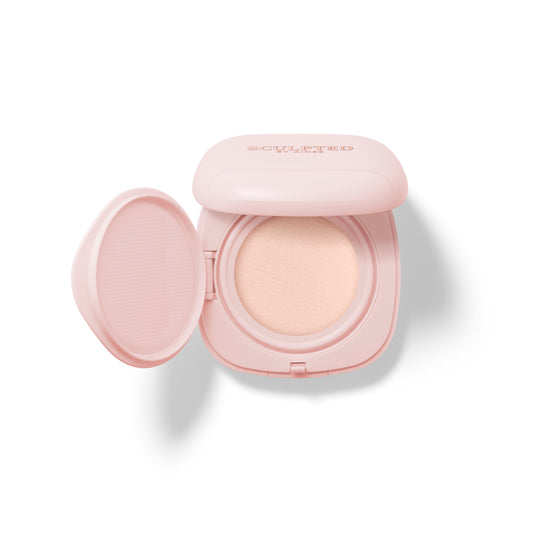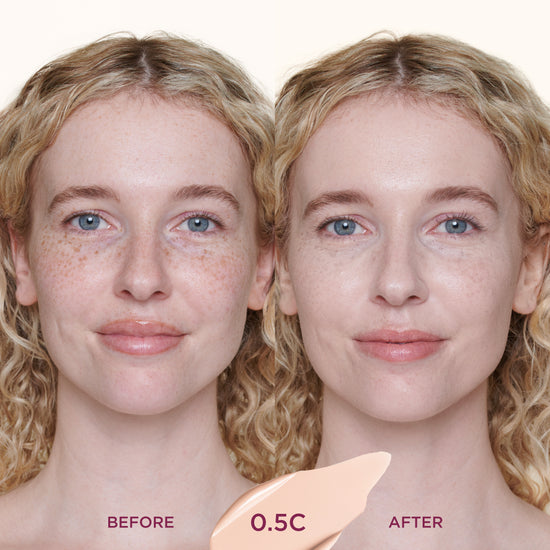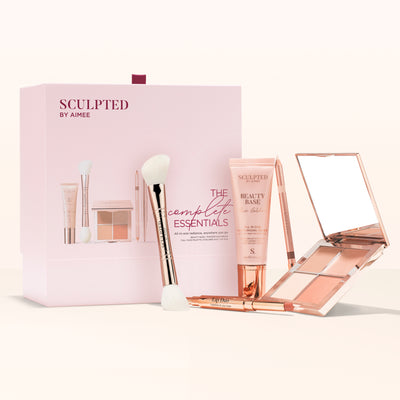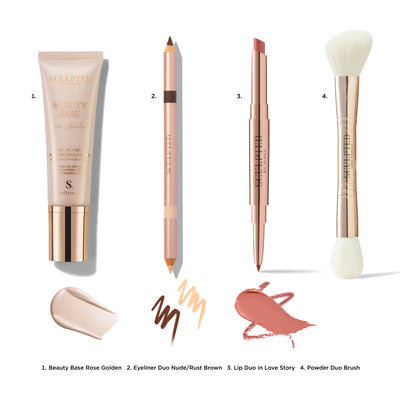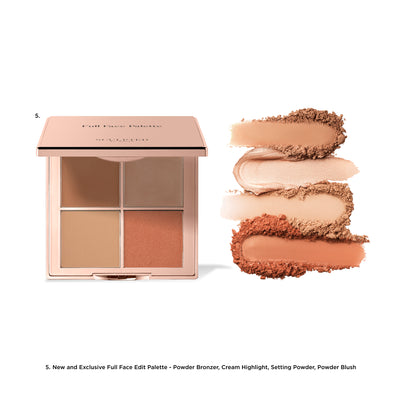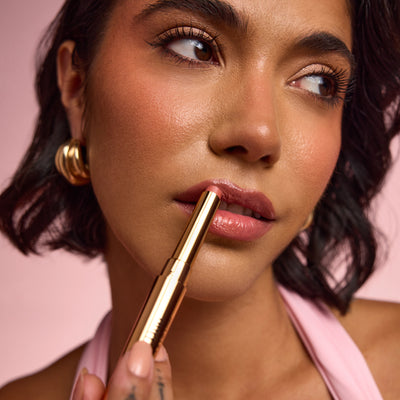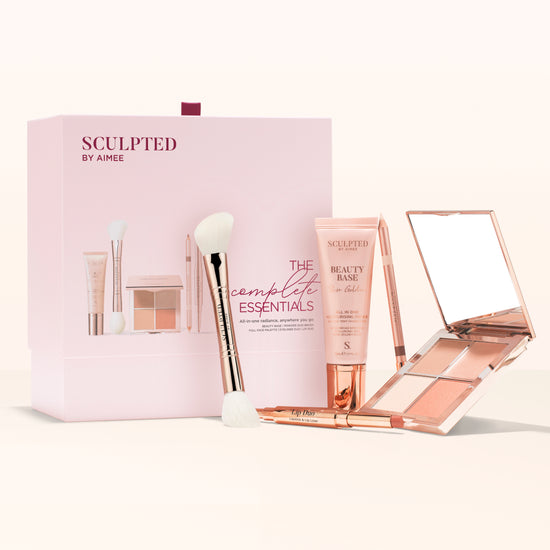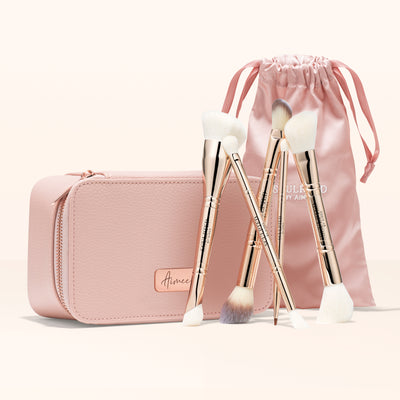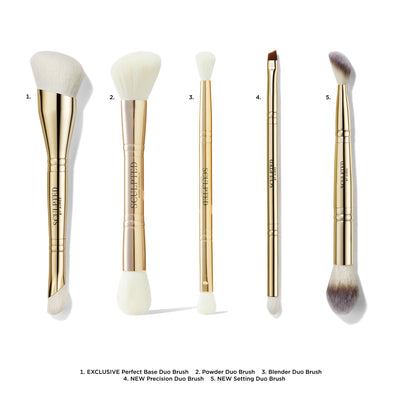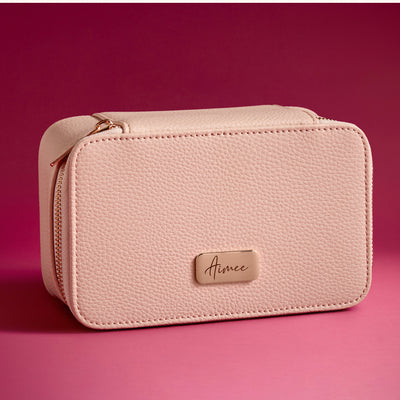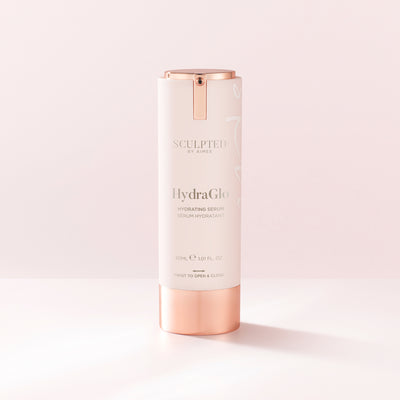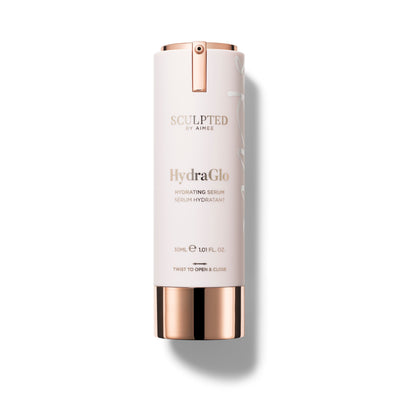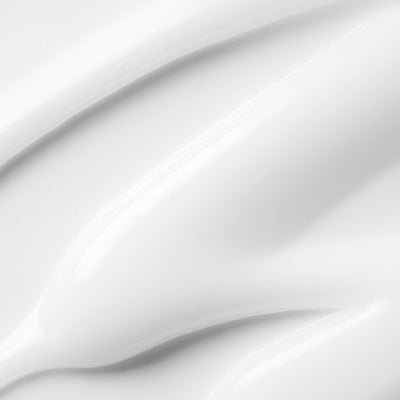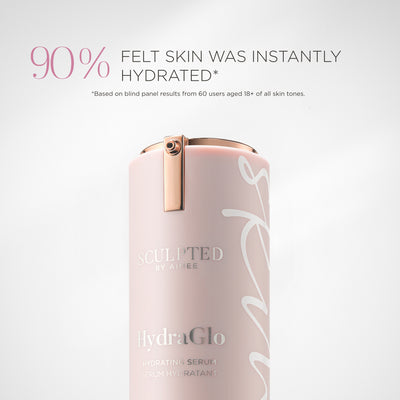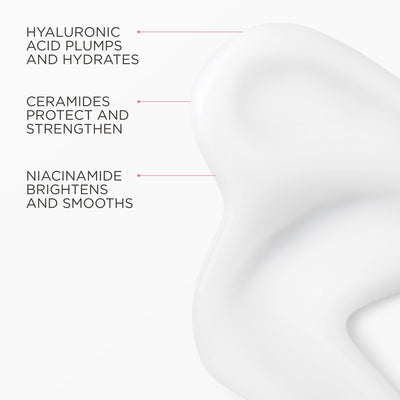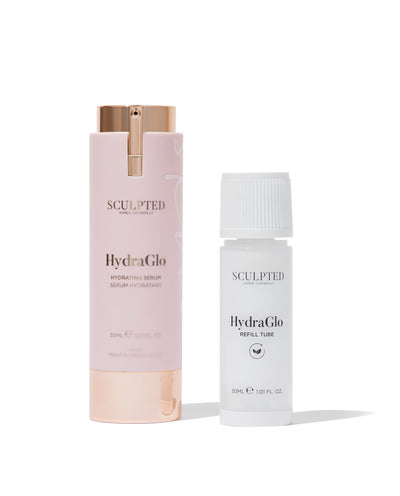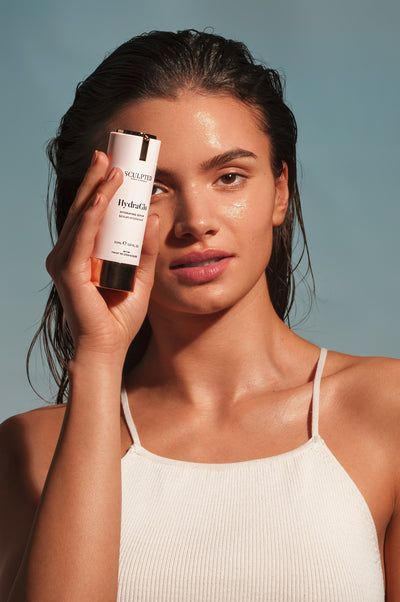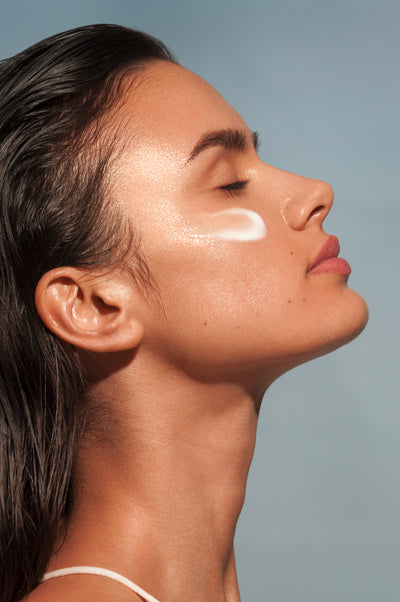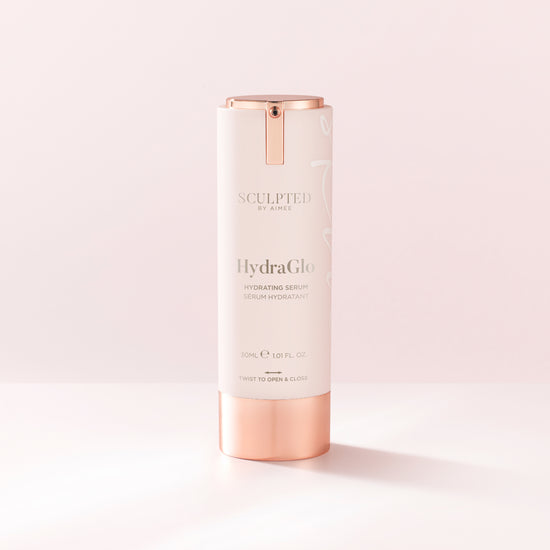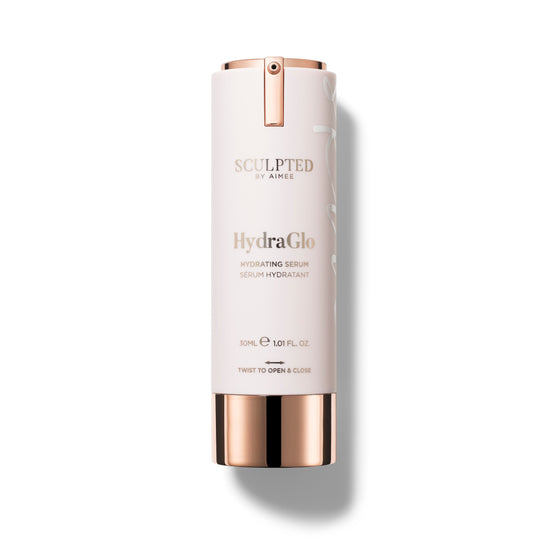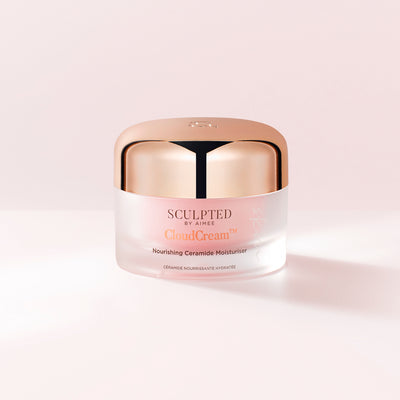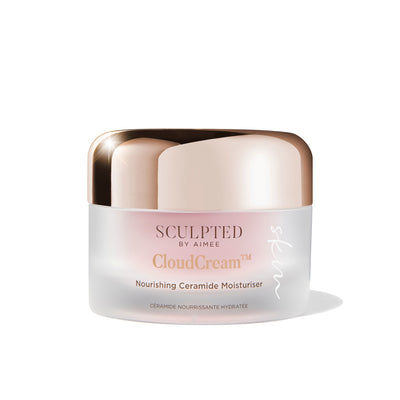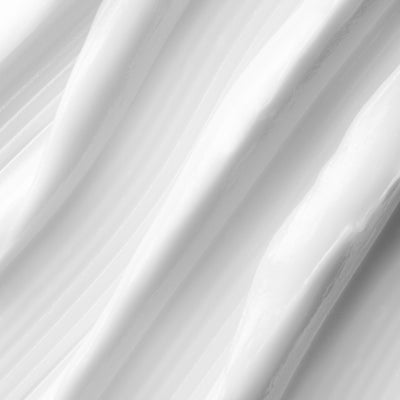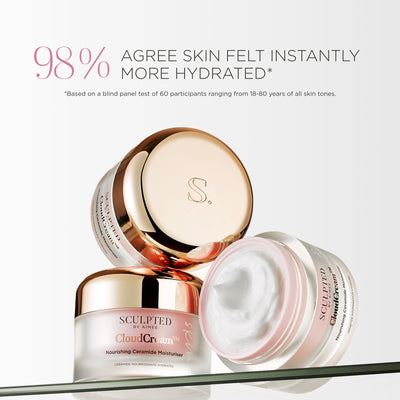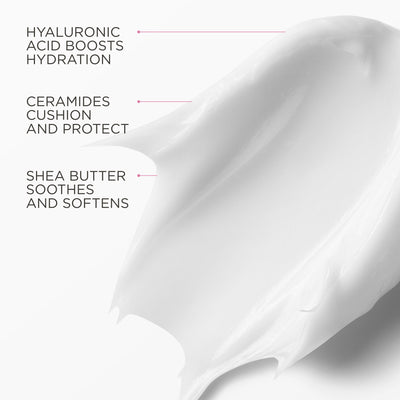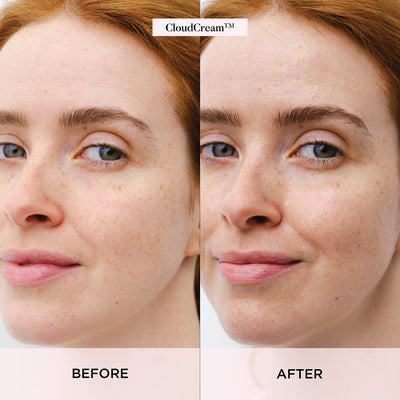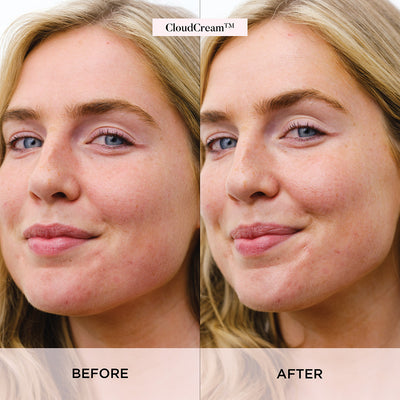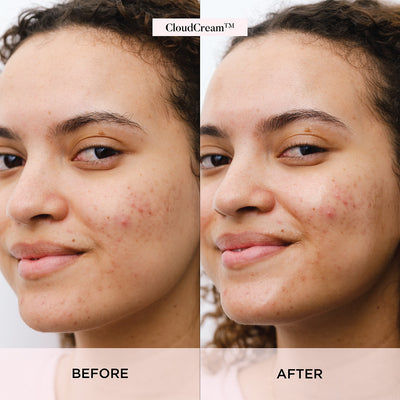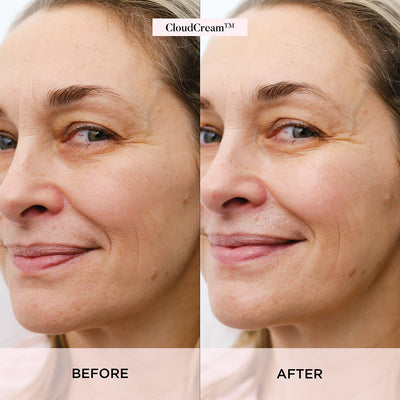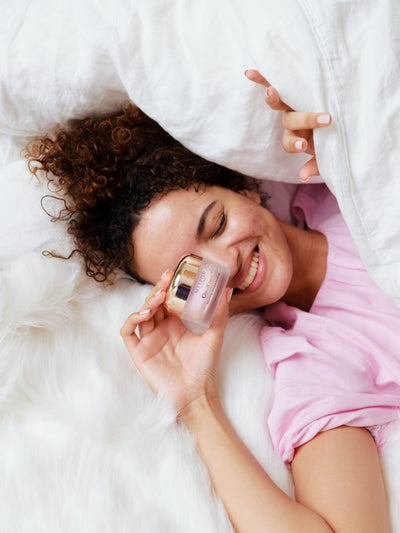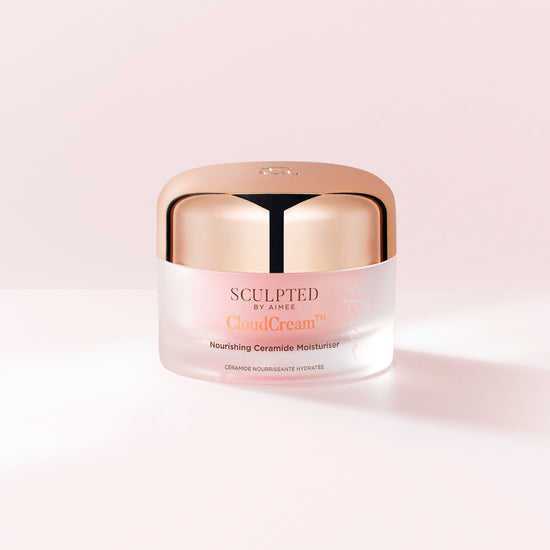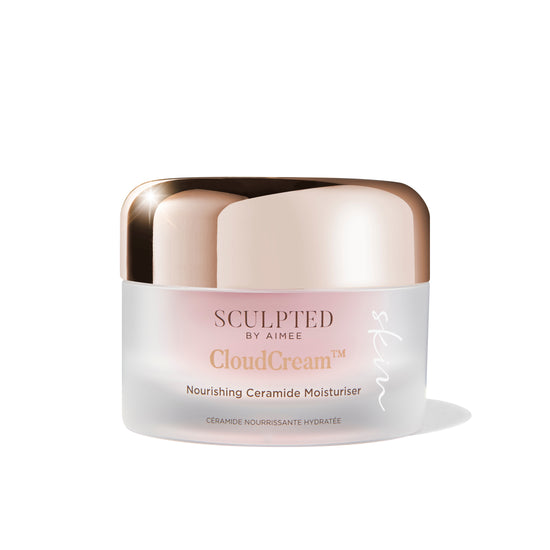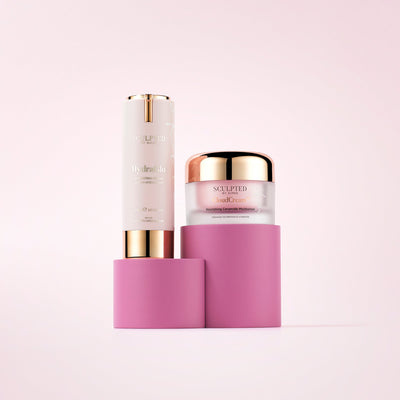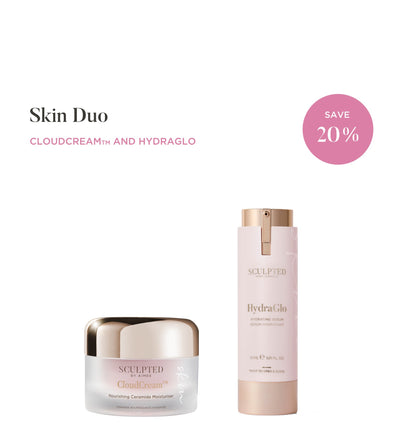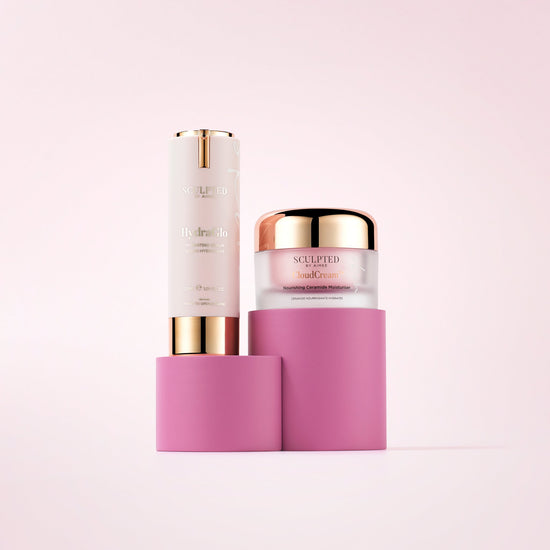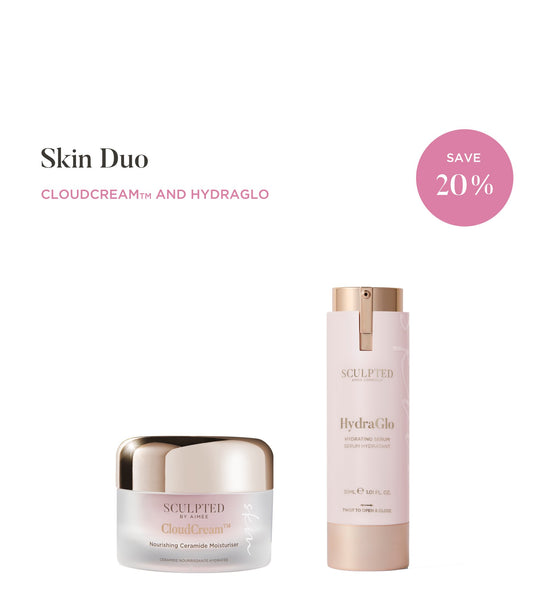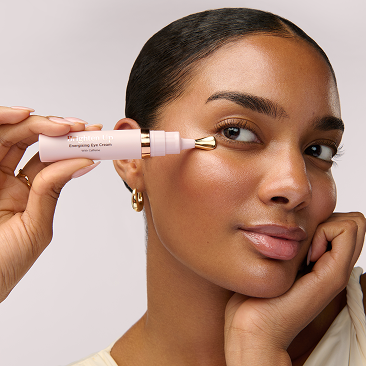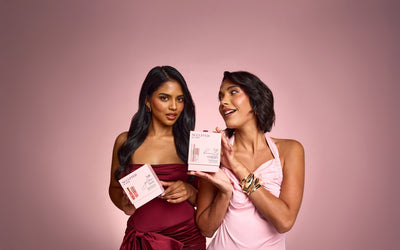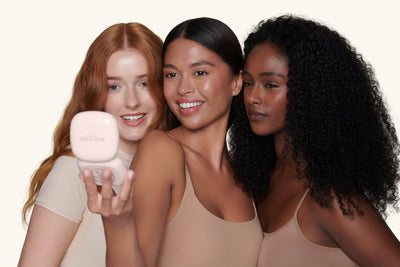Moisturiser vs Serum: What’s The Difference?
April 30 | 2025
6 Minuten Lesen

Serum vs moisturiser: what are they, what’s the difference between them, and is there a need for both? Which one goes first in your routine? How do you know what to look for? If you’ve been asking yourself any variation of these questions, you’ve come to the right place.
At SBA, we completely understand how it can be confusing; after all, the skincare market is constantly evolving – which is why we thought we’d put together a little guide to clear up any confusion you might be having around serums vs moisturisers…
What is a Facial Serum?
A facial serum is a lightweight skincare product that contains higher concentrations of active ingredients, such as hyaluronic acid, glycolic acid, vitamin C, salicylic acid, etc. The smaller molecular weight improves absorption, and allows them to penetrate deeply beneath the skin's natural barriers, which makes a facial serum much more effective at targeting specific skincare needs.
Top tip: the best face serums will suit your skin type and help to boost your natural glow – like our HydraGlo Face Serum…
What is a Face Moisturiser?
A facial moisturiser is a richer skincare product formulated with emollients to prevent moisture loss throughout the day/night. Emollients are ingredients which can soothe and soften your skin, as well as help to lock in moisture and nutrients to improve hydration. Moisturisers work on the surface layers of the skin, and can also act to protect the skin from environmental irritants.
Top tip: look for a moisturiser that will work with your skin type – for example, richer oil-based ones are more hydrating for dry skin, while lighter water-based formulas work better for oily skin types.
Not sure what to choose? We love our CloudCream™ Moisturiser…

The Core Differences
So, you know what a moisturiser and a serum are individually. But, let’s stick them side by side and explore the key categories that can help you identify a serum vs a moisturiser…
Purpose
The clearest difference between these two skincare products is purpose: serums and moisturisers are completely separate products with their own intended uses.
As we mentioned above, serums are designed to target specific skin concerns – so the best serum for you may not be the same as someone else. Some of the main target areas serums can excel are with:
-
Fine lines and wrinkles.
-
Dark circles or uneven skin tone.
-
Skin dryness or dullness.
-
Oil and/or blemish control.
On the other hand, moisturisers are intended to hydrate the skin and help it to retain moisture (it’s there in the name). This is ideal for people with dry, scaly, or itchy skin that needs an extra nourishment boost. Moisturisers also provide a protective layer against external irritants that could affect your skin – like wind, cold weather, and pollution.
Top tip: think of your face serum as the ‘treatment’ product in your skincare routine, while moisturiser covers the ‘sealing’ aspects.
Ingredients
Another key contender in the serum vs moisturiser battle is the ingredient content. While there are some similarities, facial serums and moisturisers have different concentrations of certain ingredients.
Compared to other skincare essentials, serums have a higher concentration of active ingredients depending on their intended purpose. Some common ingredients of the best serums include:
-
Hyaluronic acid: this is an excellent humectant, which means it attracts and binds to water. That’s why it’s best for hydrating serums.
-
Aloe vera: aloe is soothing and cooling on the skin. It’s also anti-inflammatory and can help calm redness and help resolve irritation.
-
Vitamin C: vitamin C is a powerful antioxidant that helps to brighten skin and enhance your natural glow (while protecting from free radical damage).
-
Retinol: an ever-growing skincare ingredient that helps reduce fine lines and wrinkles, retinol has been shown to improve skin texture.

On the other hand, the primary ingredients of a high-quality moisturiser can fall into three categories:
-
Humectants: these work by attracting and binding water into the skin to boost your hydration. Common examples include hyaluronic acid, aloe vera, and glycerin.
-
Emollients: once water has been attracted and bound to skin, emollients help provide a protective barrier that traps the moisture in. Emollients also help to smooth and improve skin texture. Examples include lanolin, glyceryl stearate, and panthenol.
-
Occlusives: unlike the other ingredients, occlusives are not directly bringing moisture to the skin. Instead, they provide a barrier to stop moisture evaporating off of your skin (in a phenomenon rather fancily deemed transepidermal water loss). The most common occlusive you’ll have heard of is petroleum jelly.
Texture
Considering the ingredients and purposes are unique to each product, it comes as no surprise that another main identifier of each product is the texture.
Serums are lightweight and thin, with quite a watery consistency. This is because they’re designed to absorb deep into the skin. Moisturisers have a thicker texture. Depending on their base, they can be creamy or gel-like to suit different skin types.
Top tip: make sure you’re accounting for texture when you choose how much of each product you use. If you’re unsure, we’ve got a great collection of tips around just that in our article on Skin Tips: How Much Product Should I Use?
Need a quicker way to identify the differences? We’ve even put together a handy comparison chart to clearly answer the serum vs moisturiser debate…
Should You Use a Serum and Moisturiser Together?
The simple answer is.. Yes! You totally can, and should, use serums and moisturisers together in the same routine. As you have learned, serums and moisturisers have two very separate functions – so replacing one with the other may leave your skin missing some key ingredient it desperately needs. And, since they should be used at different steps within your skincare routine, they can’t be used interchangeably.
Ultimately, for your skin to be its most happy and radiant self, you need to be using both a serum and a moisturiser. But, this doesn't mean you need to add a zillion steps to your skincare routine. To make life a little easier, you could:
-
Choose a moisturiser that doubles as your daytime SPF: a lot of face SPF products also contain the key ingredients you would find in a moisturiser, so getting one that can do both can speed your morning routine along.
-
Just be mindful to use enough of the SPF product to ensure you have full protection!
-
Pick up a face primer that works hard: our Beauty Base is a total triple threat covering your moisturising, SPF, and primer steps in one amazing product. Perfect for getting ready on busy mornings!
-
Double up on serum ingredients: there’s nothing wrong with doubling up on a serum that has ingredients to cover two or more skincare concerns.
-
Although, if you’re looking to target more severe conditions like acne, deep pigmentation or rosacea, you might want to consider layering separate serums.
The SBA Five-Step Skincare Routine
Knowing the answers to serums vs moisturisers is a great first step. But you don’t have to stop there. If you’re curious about how to bring out your beautiful natural glow, why not follow our five-step basic skincare routine?
Step 1 – Cleanse: double cleanse with your pick of our gentle Cleansers to remove makeup and impurities.
Step 2 – Prep: use our amazing Essence to prepare your skin for hydration and maximise the benefits from the next steps of your routine.
Step 3 – Target: brighten and hydrate your skin with one of our super Serums, packed with nourishing ingredients.
Step 4 – Moisturise: lock in all your hard work with a soothing facial Moisturiser for total hydration and protection.
Step 5 – Protect: apply a Primer for protection from UV damage and get your skin ready for your favourite makeup look.
Understanding how to properly layer your skincare is essential to help you gain maximum benefit from each product. In fact, it’s so important that we have actually written a separate blog post on it – How to Layer Your Skincare.

Explore Our Skincare
At the end of the day, you know what works best for you and your skin – we are just here to guide you through the finer details. But, if you're still feeling a little lost, it’s always a treat to book in with a skin specialist to analyse and understand your skin that little bit better.
Interested in reading a little more? We think you’ll love: Shocking Skincare Facts You Didn’t Know | Benefits Of Adding Double Cleansing To Your Skincare Routine | How To Choose The Best Concealer For You
Have you tried our range of Beauty Bases or HydraGlo? Make sure to tag us in all of your looks over on Instagram @sculptedbyaimee with the hashtag #filterfreefaces
Lots of Love,
Aimee & Team x
